
NGC 253 Constellation Sculptor
It was discovered by one of my favourite observers Caroline Herschel in 1783, and later John Herschel observed it in the Cape of Good Hope. It is rises above my house and is well placed to image. The clumping of stars right to the nucleus is fascinating to see however it retains a very symmetrical shape. Burnham has a two page description where he notes: a maximum rotation of 360 miles per second; a gaseous outflow discovered in 1970 at 70 miles per second; a strong radio source discovered by B.Y. Mills in Sydney, Australia. It's estimated at 9.8 million light years. O'Meara covers it in detail as Caldwell 65, and describes the recent research as a galaxy of furious star building. It has a mass about 75 billion suns with 14 globular clusters.
Image details:
Date: 12 September 2014
Exposure: RGB: 9*300:300:300 secs, @ -20C
Telescope: Celestron CGE11
Camera: Atik 314L
Filters: Astronomik L-RGB set (1.25") Type 2C
Taken from my observatory in Melbourne, Australia
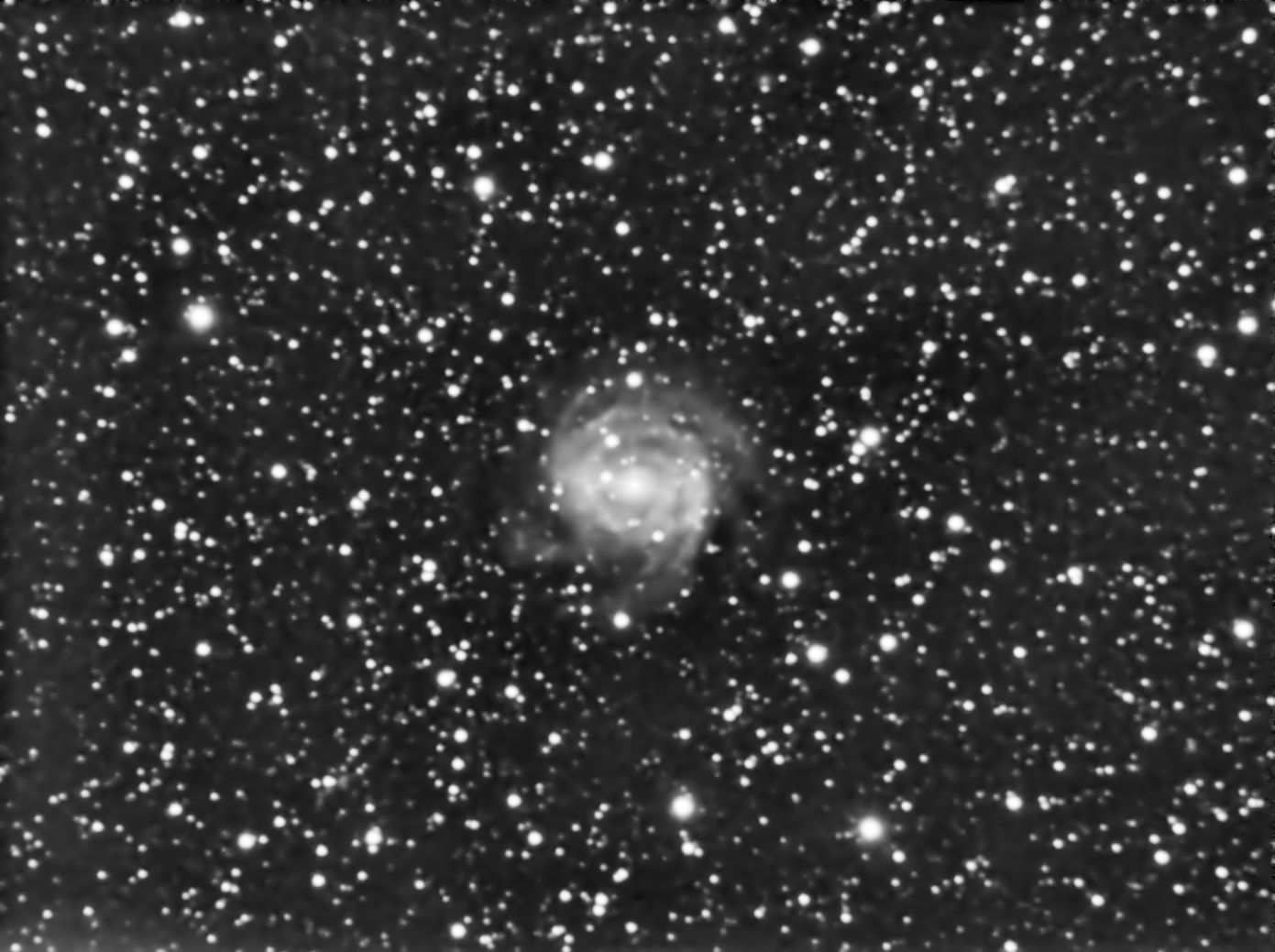
NGC 5643 Constellation Lupus
I really like this galaxy for two reasons. The pretty star field in the background frames the galaxy very nicely, and is unusual. The tight and very symmetrical arms of the spiral are again unusual. I would like to image this in colour next time. There are few references to it, or images of it.
Image details:
Taken from my observatory in Melbourne, Australia
Date: 27 February 2014
Exposure: Unfiltered: 6*480 secs, @ -17C
Telescope: Celestron CGE11
Camera: Atik 314L
Center (RA, hms): 14h 32m 40.949s
Center (Dec, dms): -44° 10' 36.960"
Up is 2.05 degrees E of N
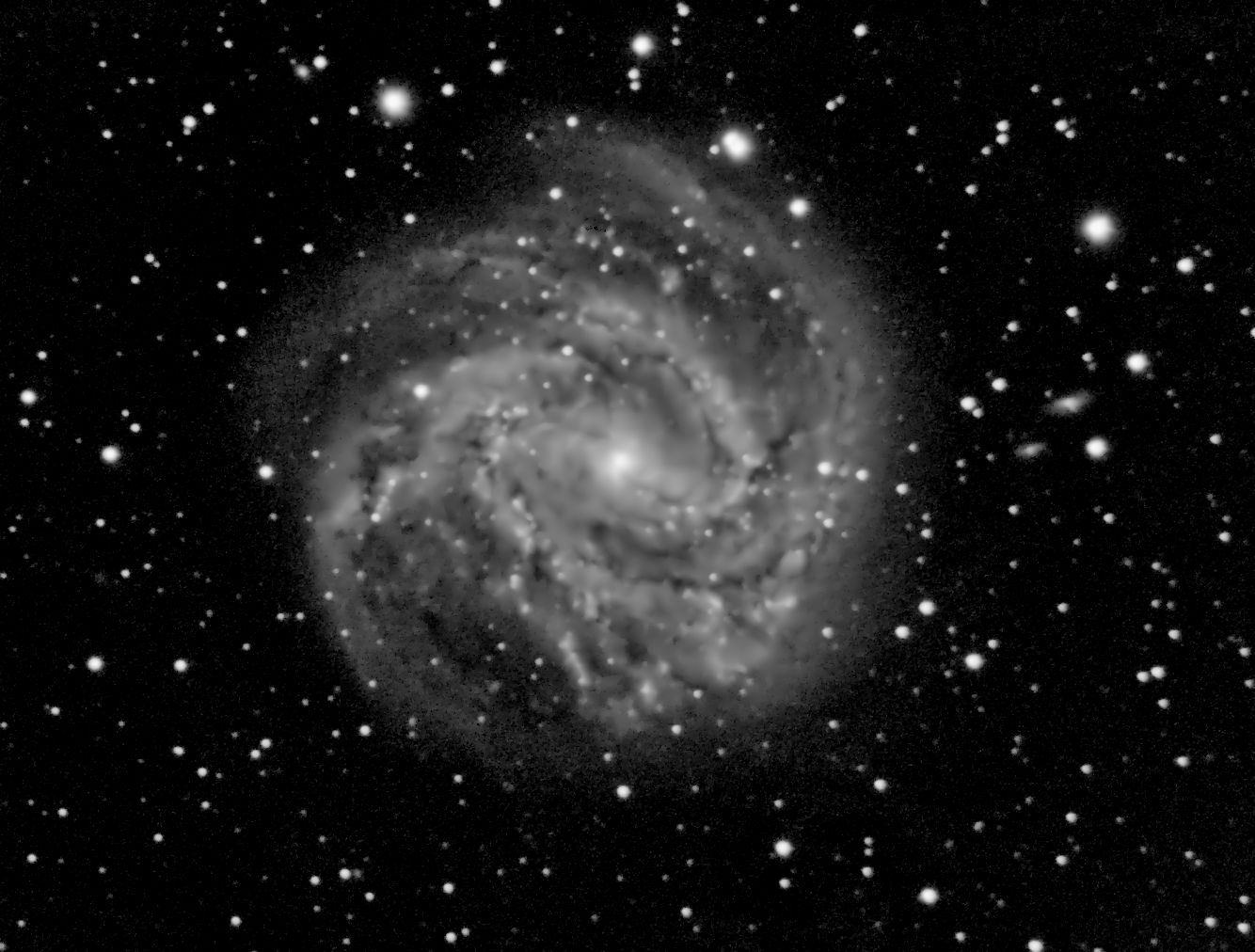
NGC 5236 M83 Southern Pinwheel Galaxy Constellation Hydra
Taken from my observatory in Melbourne, Australia
Image details:
Date: 31 January 2014
Exposure: Unfiltered. 11*120 secs, 6*360, @ -12C
Telescope: Celestron CGE11
Camera: Atik 314L
Center (RA, hms): 13h 37m 00.800s
Center (Dec, dms): -29° 51' 45.112"
Up is -15.2 degrees E of N
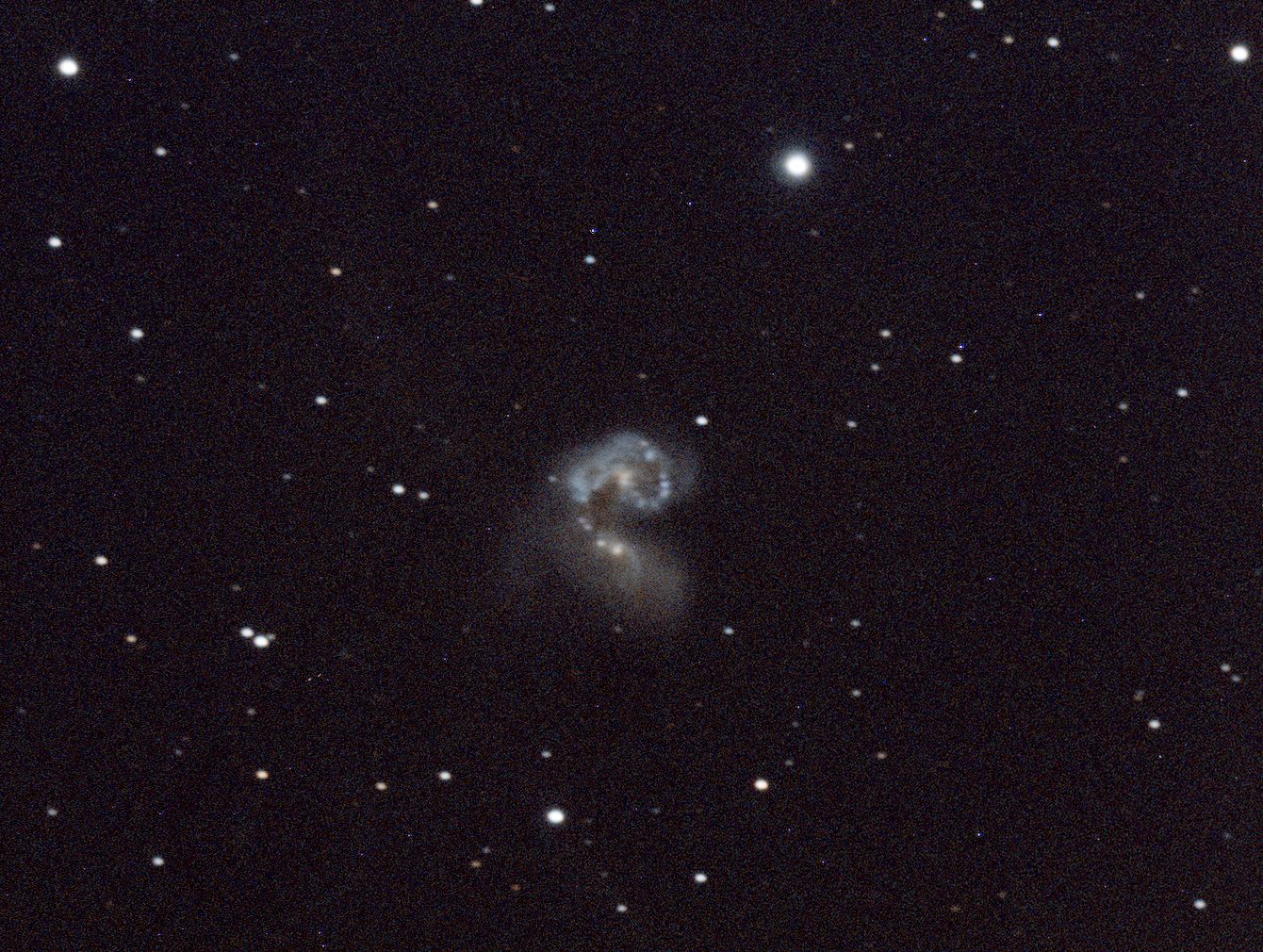
NGC 4038 Constellation Corvus
Image details:
Date: 10 March 2014
Exposure: RGB: 2*320:320:320 secs, @ -8C
Telescope: Celestron CGE11
Camera: Atik 314L
Filters: Astronomik L-RGB set (1.25") Type 2C
Taken from my observatory in Melbourne, Australia
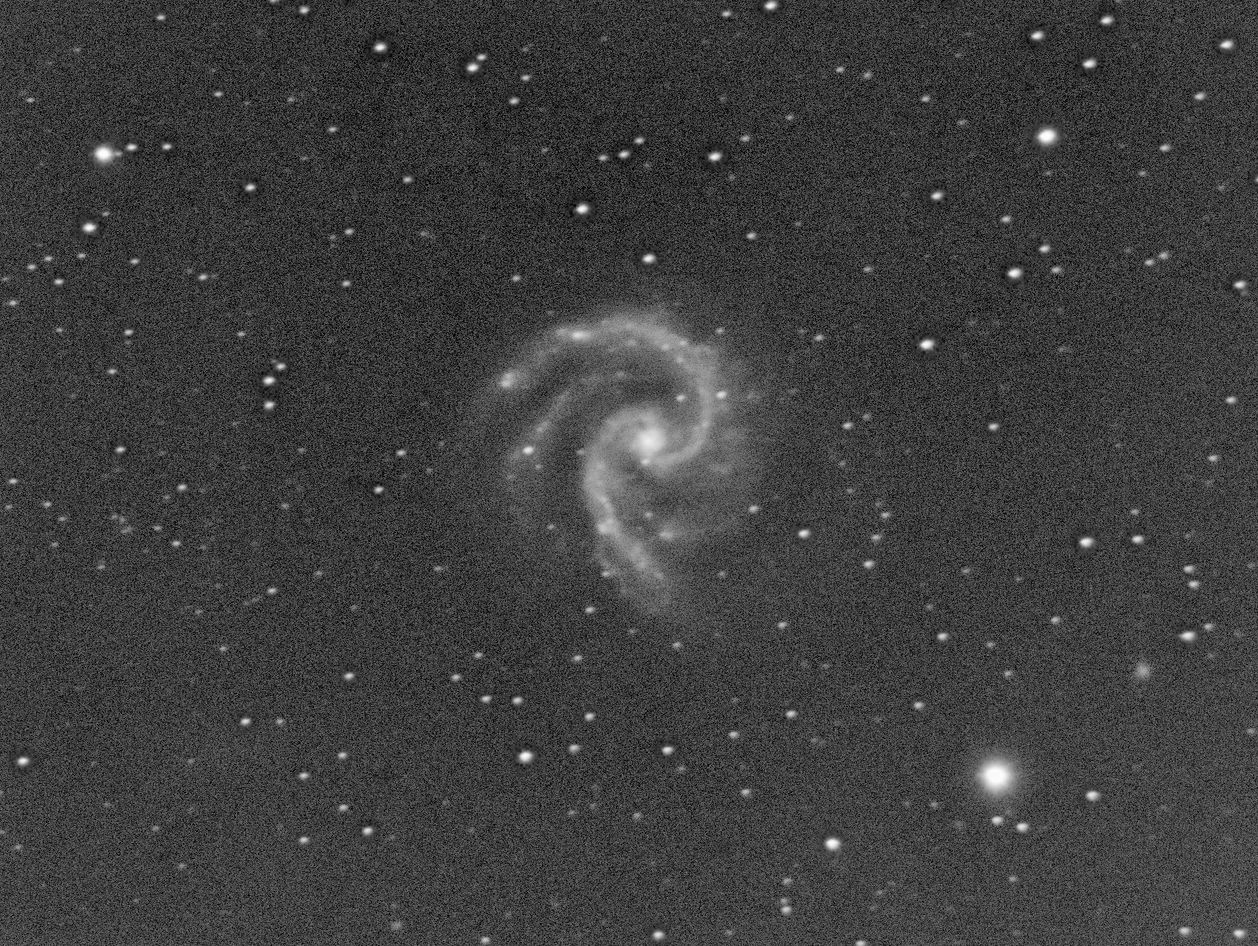
NGC 5247 Constellation Virgo
Image details:
Taken from my observatory in Melbourne, Australia
Date: 25 February 2014
Exposure: Unfiltered: 11*360 secs, @ -14C
Telescope: Celestron CGE11
Camera: Atik 314L
Center (RA, hms): 13h 38m 01.922s
Center (Dec, dms): -17° 52' 33.680"
Up is 2.43 degrees E of N
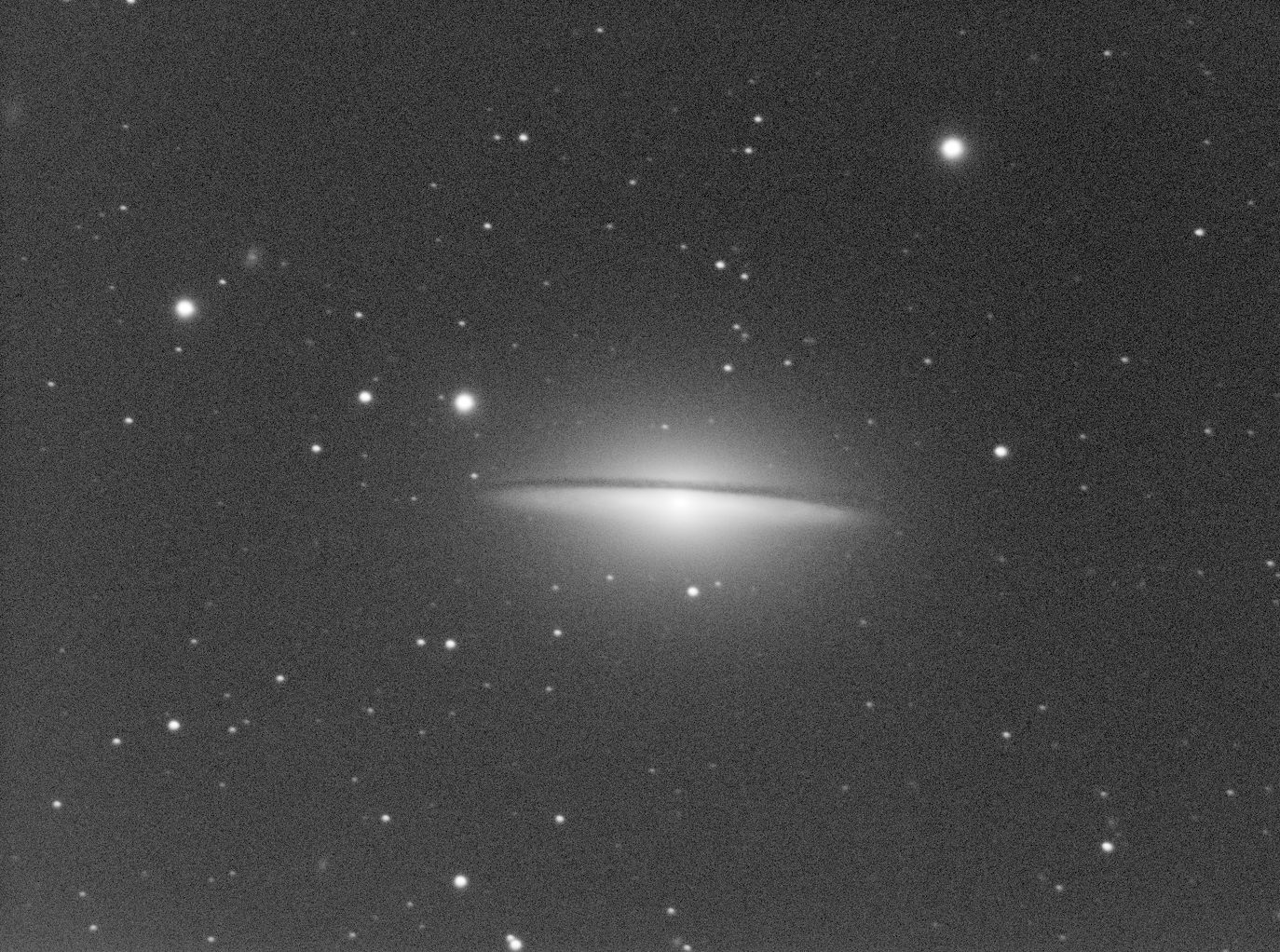
M 104 Constellation Virgo
Image details:
Date: 24 February 2014
Exposure: Unfiltered: 10*80 secs, @ -14C
Telescope: Celestron CGE11
Camera: Atik 314L
Taken from my observatory in Melbourne, Australia
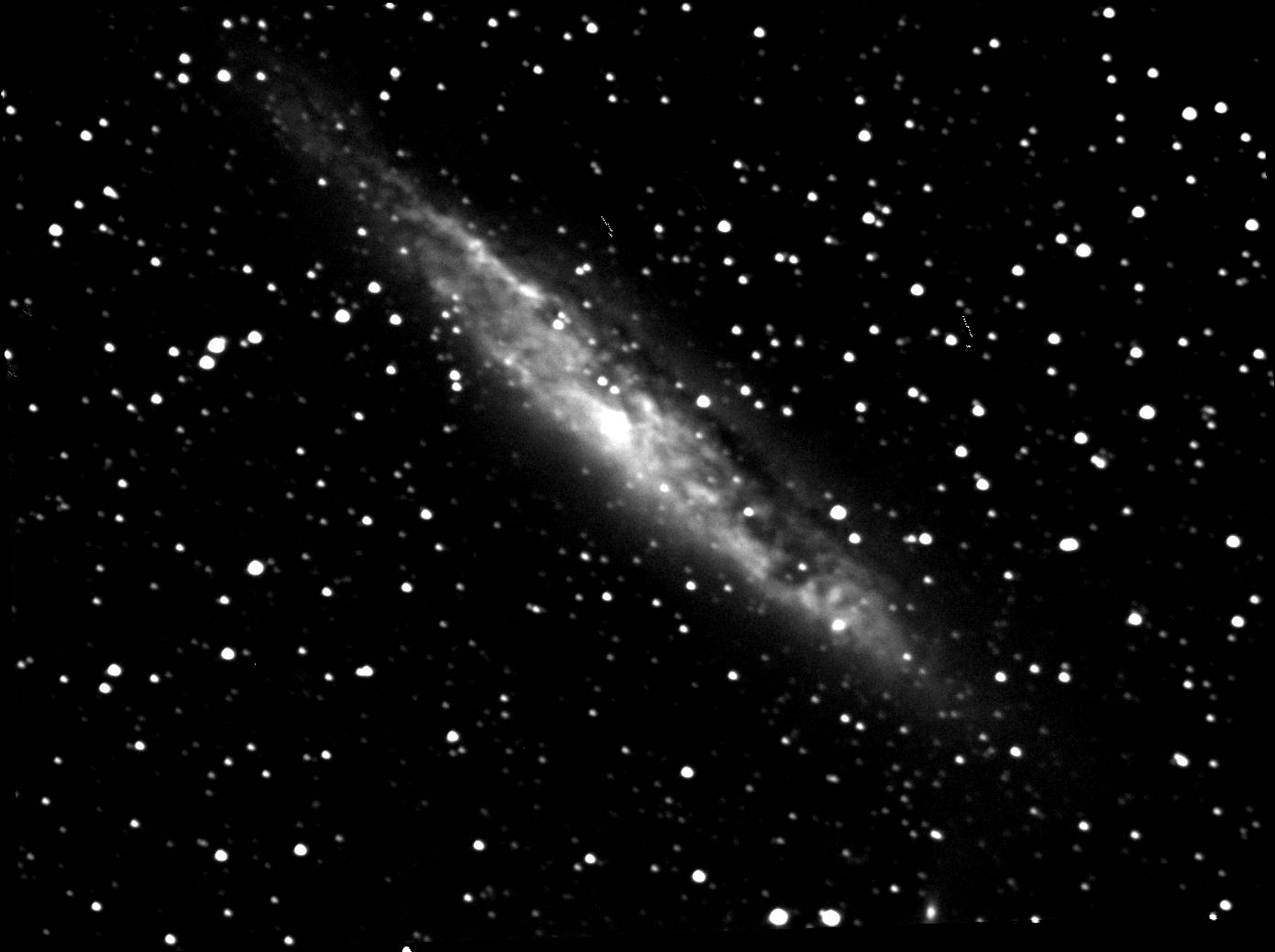
NGC 4945 Constellation Centaurus
Image details:
Date: 25 February 2014
Exposure: Unfiltered: 10*20: 15*120 secs, Total 1680 secs @ -13.5C
Telescope: Celestron CGE11
Camera: Atik 314L
Taken from my observatory in Melbourne, Australia

NGC 5102 Constellation Centaurus
Image details:
Date: 29 January 2014
Exposure: Unfiltered: 8*30 secs, @ -15.5C
Telescope: Celestron CGE11
Camera: Atik 314L
Taken from my observatory in Melbourne, Australia
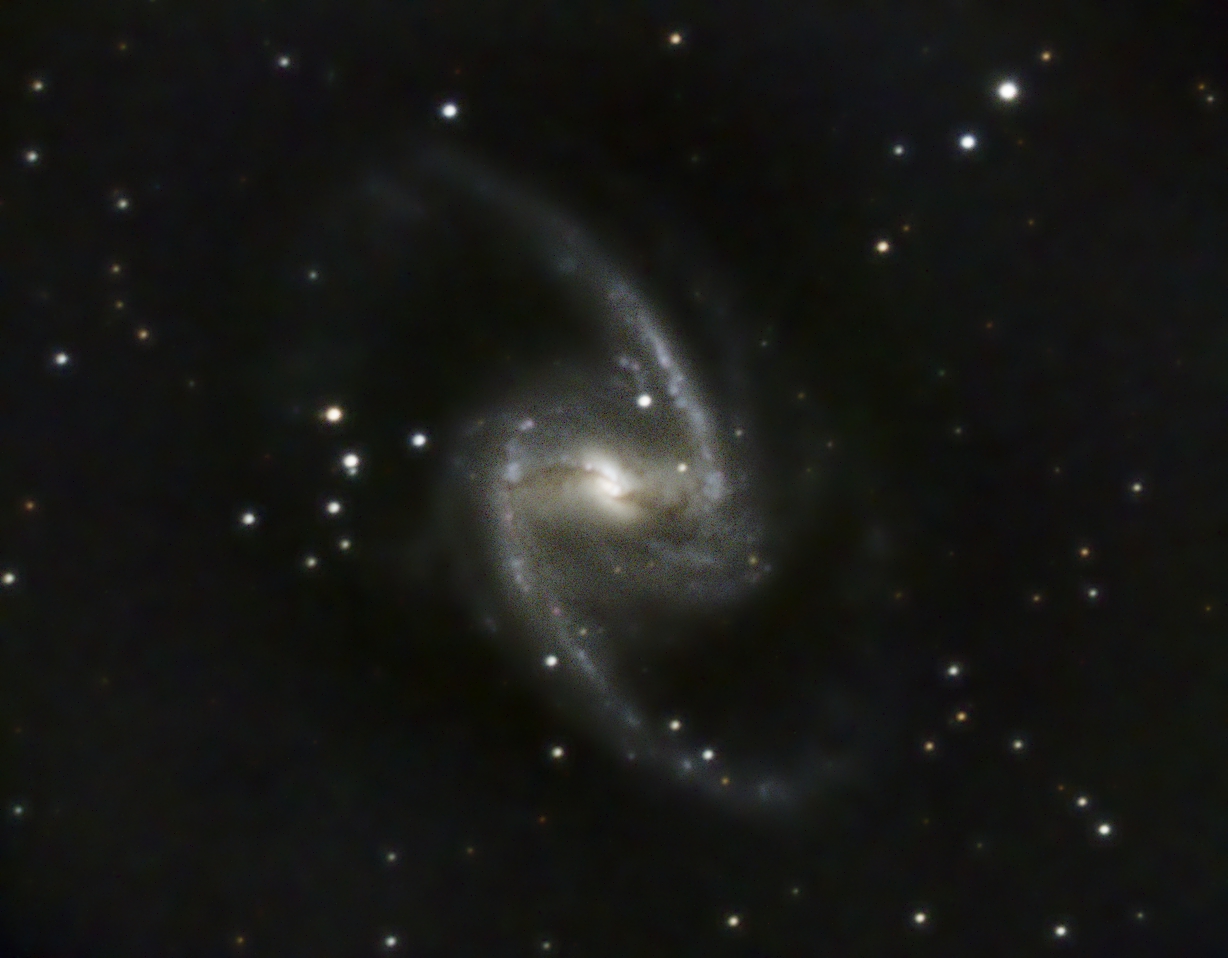
NGC 1365 Constellation Fornax
Taken from my observatory in Melbourne, Australia
Image details:
Date: 12 September 2014
Exposure: LRGB 6*300secs each filter, @ -20C Telescope:
Celestron CGE11 with F6.3 Reducer
Camera: Atik 314L
Center (RA, hms): 03h 33m 36.043s
Center (Dec, dms): -36° 08' 19.469"
Up is 179 degrees E of N

NGC 3309 Constellation Hydra
One of my favourite images: a dense galaxy field with a zoo of types. The spiral on the lower left NGC 3312 adds real character. There are numerous small spiral galaxies that suggest the Hubble Deep Field, where numerous galaxies appear with a deep exposure. The bright elliptical galaxies create a nice contrast in the field.
NGC 3312, NGC 3311, NGC 3309, NGC 3308, NGC 3307
Numerous PGC catalogue galaxies.
Taken from my observatory in Melbourne, Australia
Image details:
Date: 11 January 2015
Exposure: RGB 7*300 secs, L 23*300 secs @ -12C Telescope: Celestron CGE11
Camera: Atik 314L
Filters: Astronomik L-RGB set (1.25") Type 2C
Center (RA, hms): 10h 36m 41.500s
Center (Dec, dms): -27° 31' 00.371"
Up is 179 degrees E of N
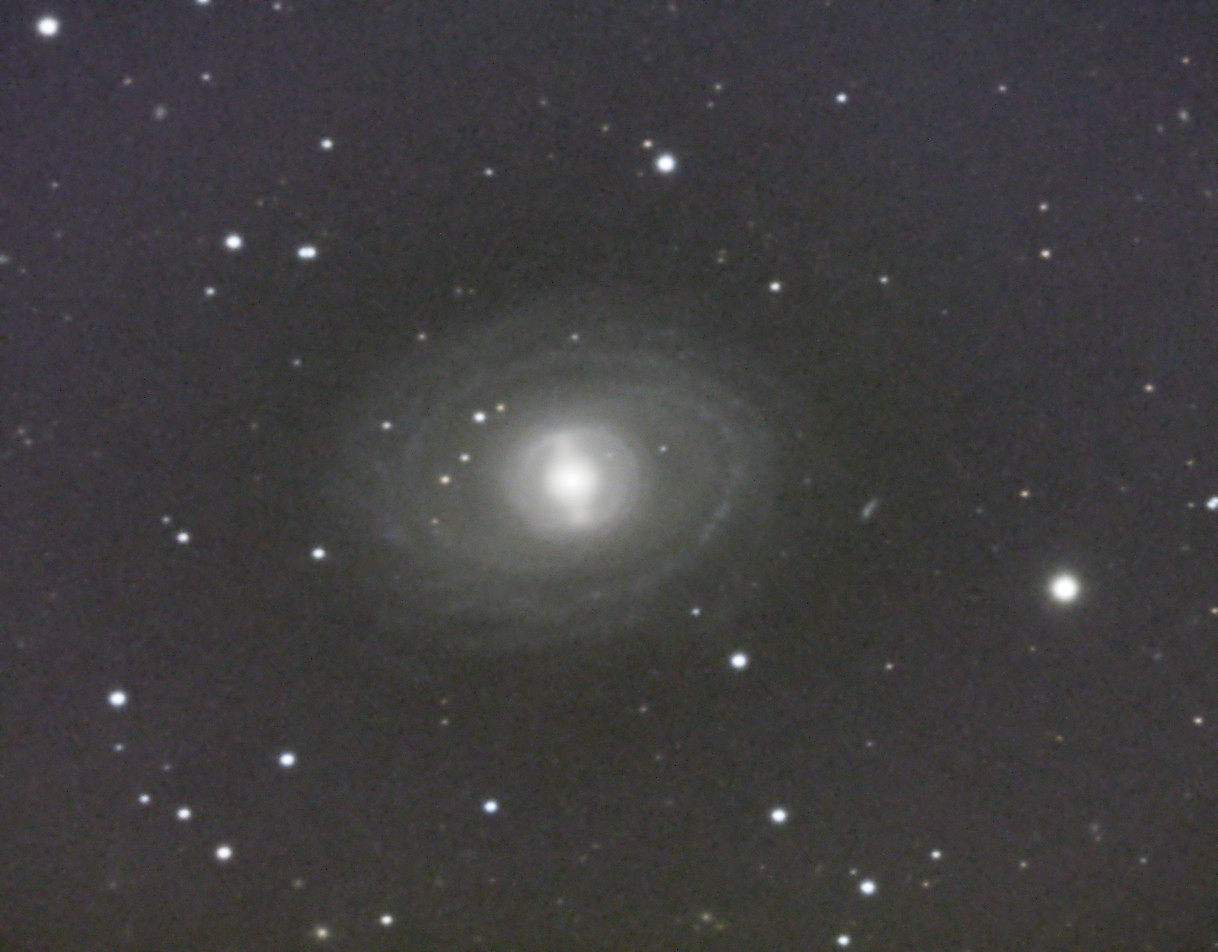
NGC 1398 Constellation Fornax
This galaxy is 65 million light years away - dinosaur time. I was pleased to record the faint spiral arms for this galaxy, a barred type. It took some effort with the image processing. The ring in the centre is an expanding density wave due to star formation. It has an interesting discovery: “by Friedrich Winnecke of Karlsruhe, Germany, on 17 December 1868, while he was searching for comets.” There is a nice paper highlighted in Wikipedia for the pattern speed from 1994.
Image details:
Date: 11 November 2014
Exposure: LRGB: 14*180;9*300:300:300 secs, @ -20C
Telescope: Celestron CGE11
Camera: Atik 314L
Filters: Astronomik L-RGB set (1.25") Type 2C
Taken from my observatory in Melbourne, Australia
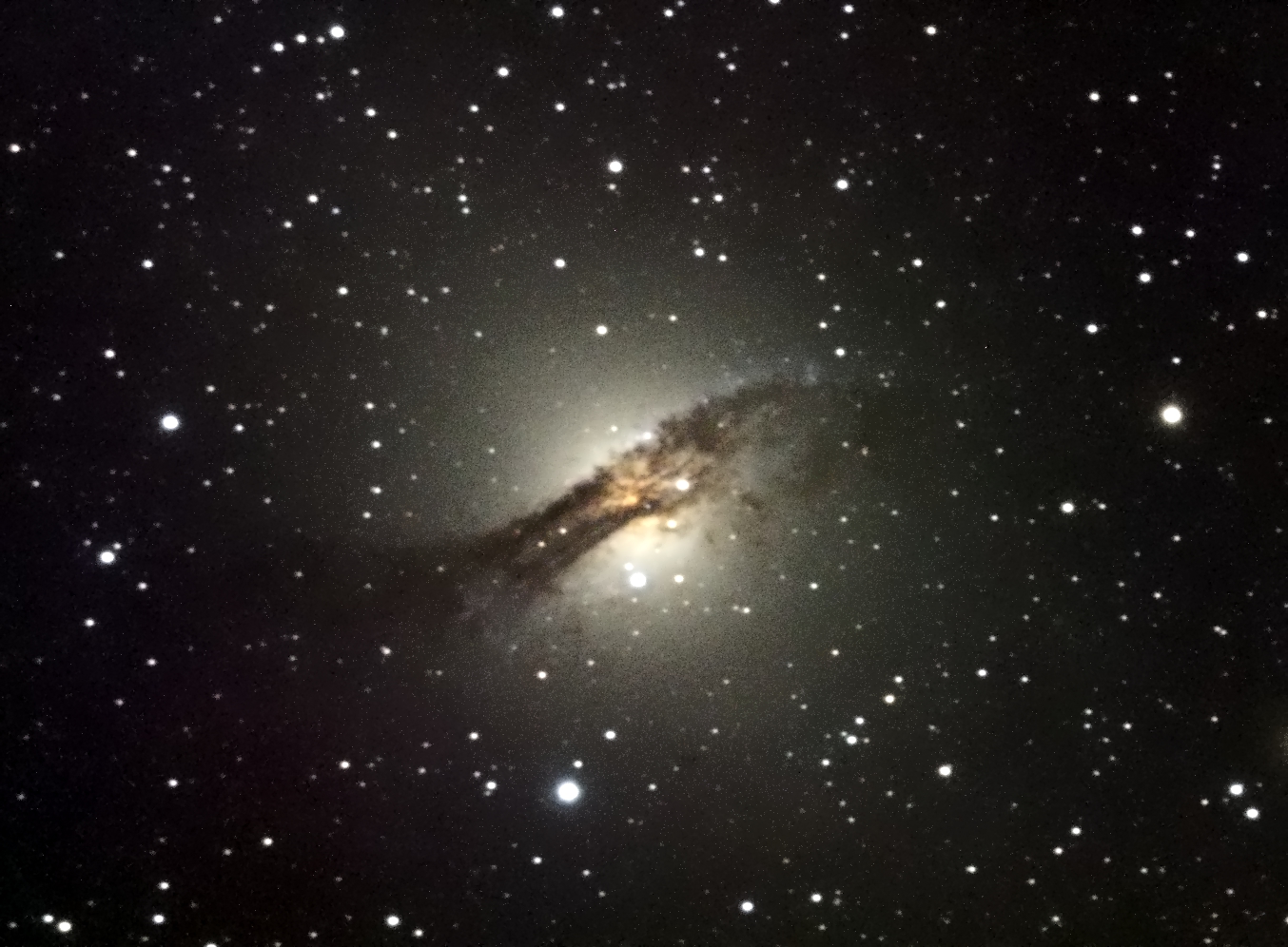
NGC 5128 Constellation Centaurus
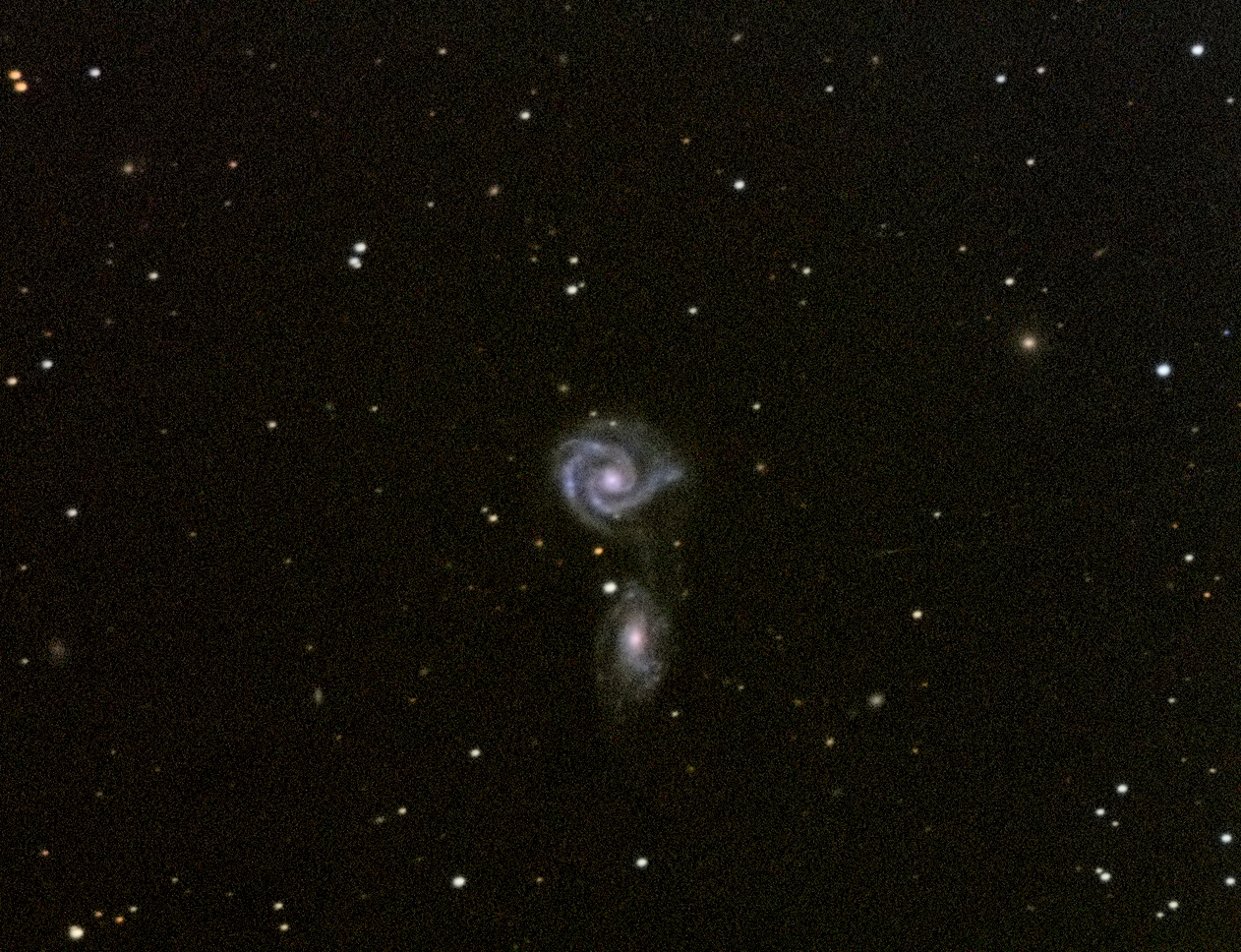
Arp271 NGC 5426-27 Constellation Virgo
The pair of galaxies are separated by 60,000 light years - almost a galaxy diameter. There is a faint bridge that shows the pair are interacting, and detailed analysis has shown starburst activity closer to the interacting side. The pair is 90 million light years away. The standard observing guides do not cover the pair. The pair has been well researched and a paper has been published: "The isolated interacting galaxy pair NGC 5426/27 (Arp 271)". The paper suggests a numerical simulation will be undertaken in future.
Image details:
Date: 17 May 2015
Exposure: LRGB: 3*300:300:300:300 secs, @ -16C
Telescope: Celestron CGE11 F6.5
Camera: Atik 314L
Filters: Astronomik L-RGB set (1.25") Type 2C
Taken from my observatory in Melbourne, Australia
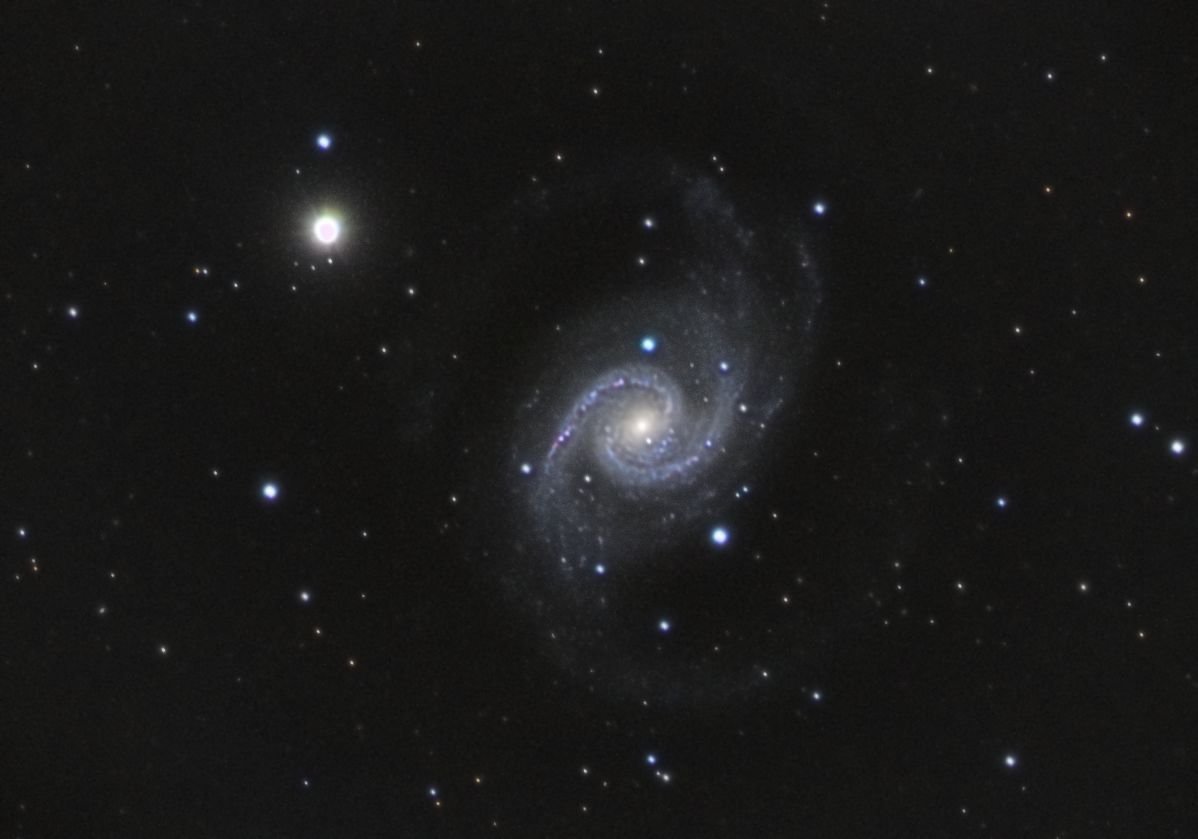
NGC 5166 Constellation Dorado
The area in Dorado has a special collection of galaxies, and this spiral is one of the best, with an striking structure. Stephen O’Meara in his wonderful guide “Southern Gems” has a detailed description. The pink H2 star forming regions are visible in the inner arms, with strong dust lanes. The faint outer arms are just visible. The bright core, he notes, is likely to have a massive black hole, and emits intense cosmic radiation- an active galactic nuclei AGN. About 10% of galaxies have this feature, called Seyfert Galaxies, after Carl Seyfert, who classified them in 1943, with the observation of the bright, broad, spectral emission lines. It is 60 million light years away.
By coincidence, hours later, an APOD image was posted. They used a remote observatory in Chilie using a 1 meter CDK telescope. I was pleased that my image using a more modest setup with the constraints of inner city light pollution captured many of the details. I am hoping for improved sharpness when I start using my new mount.
It was challenge to process. Good image calibration, deconvolution, and an arcsin stretch was used. All processing was in Pixinsight.
Taken from my observatory in Melbourne, Australia
Image details:
Date: 28 November, 11, 12, 16 December 2021
Exposure: LRGB @ -12C
73 360s (7.3 hours)
19 360s (1.9 hours)
20 360s (2 hours)
20 360s (2 hours)
Telescope: Celestron CGE11 F6.3
Camera: Atik 314L
Filters: Astronomik L-RGB set (1.25") Type 2C
Taken from my observatory in Melbourne, Australia
Center (RA, hms): 04h 19m 57.867s
Center (Dec, dms): -54° 55' 45.495"
Up is 63.4 degrees E of N
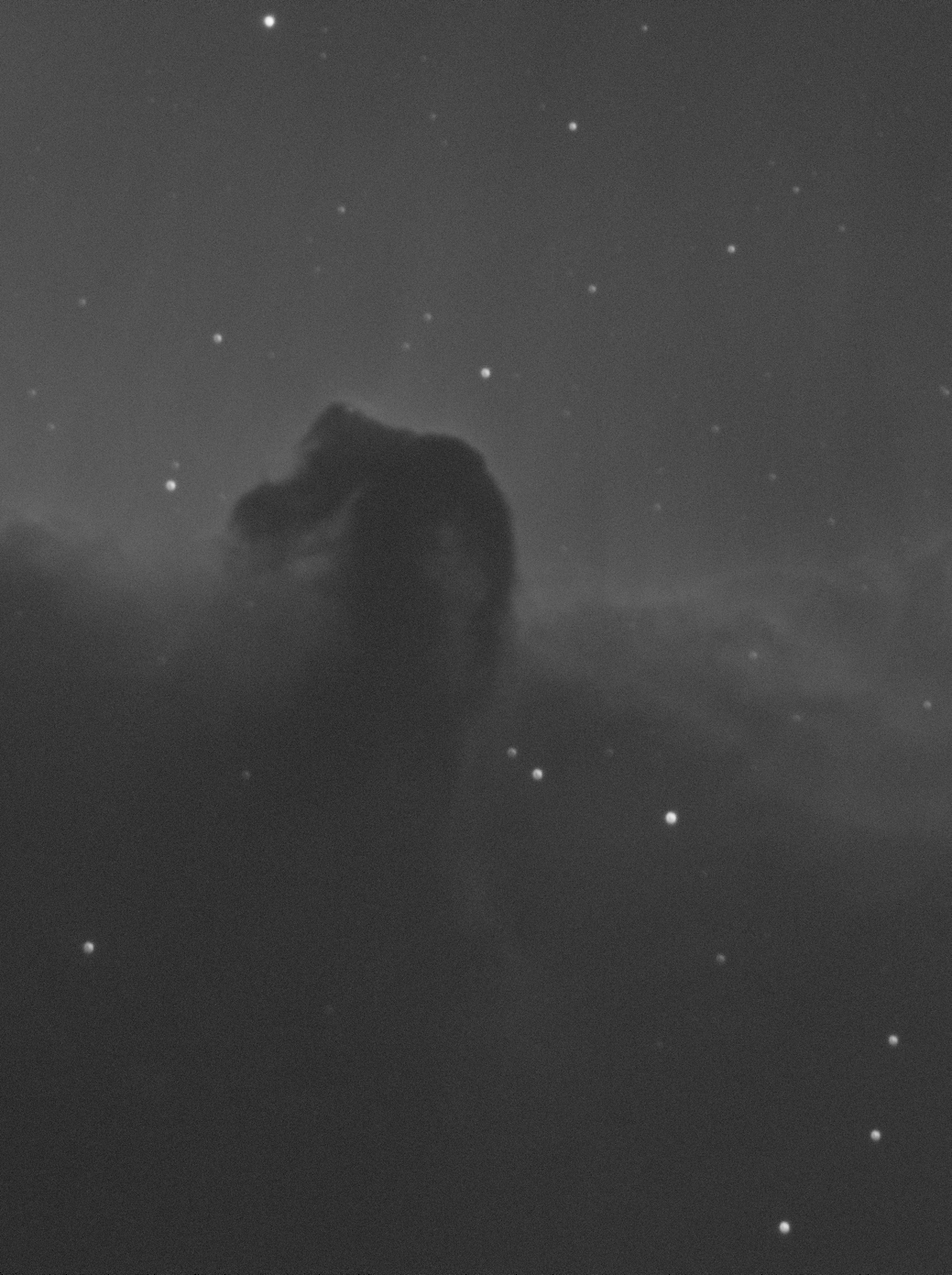
Horsehead Nebula Constellation Orion
Image details:
Date: 7 Sept 2014
Exposure: Unfiltered: 6*320 secs, @ -20C
Telescope: Celestron CGE11
Camera: Atik 314L
Filters: Astronomik Hydrogen Alpha 6nm (1.25")
Taken from my observatory in Melbourne, Australia
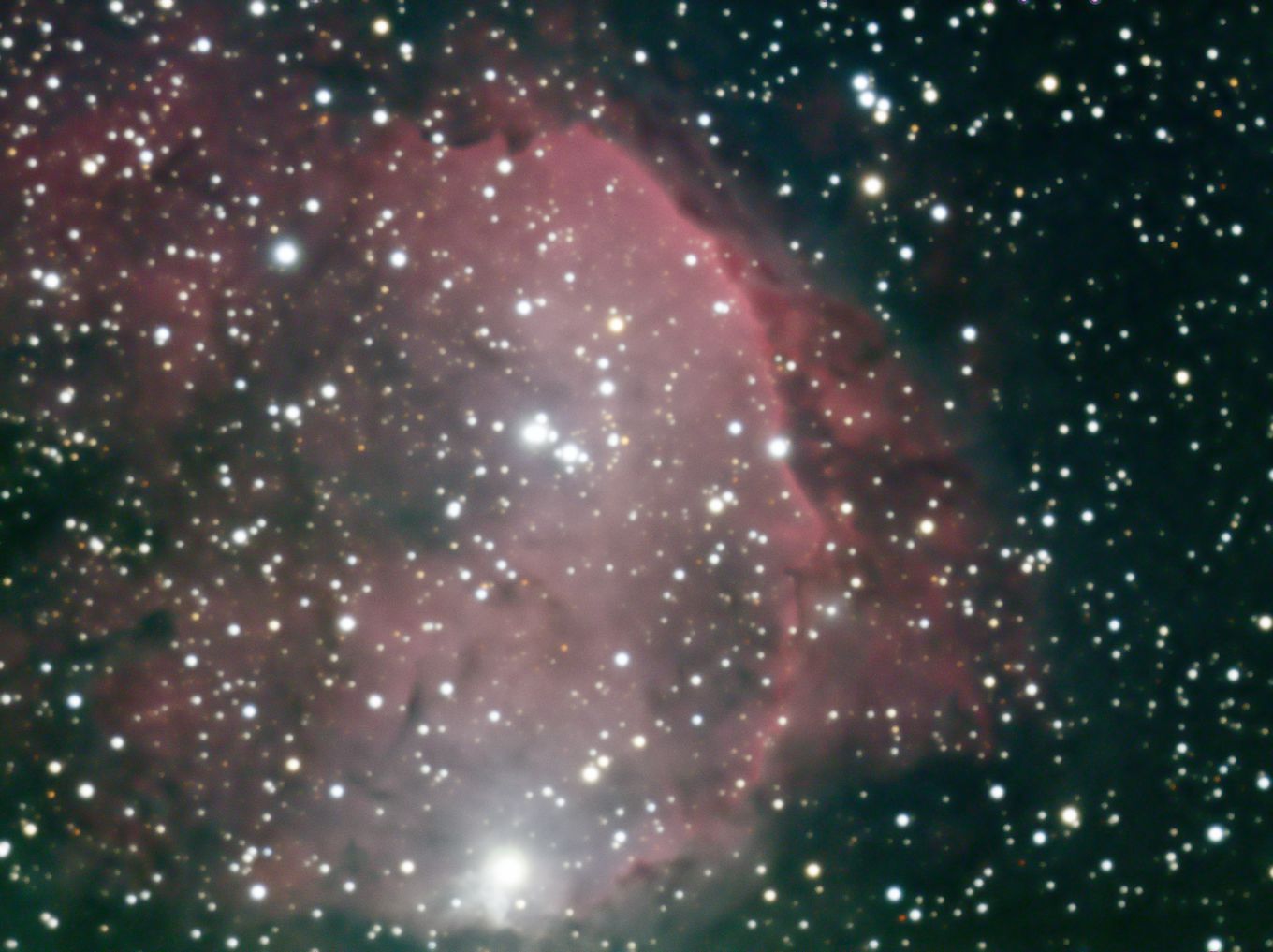
NGC 3324 Constellation Carina
Gabriela Mistral Nebula, named after the Chilean Noble prize winning poet.
Image details:
Date: 9 March 2014
Exposure: RGB: 6*320:320:320 secs, @ -8C
Telescope: Celestron CGE11
Camera: Atik 314L
Filters: Astronomik L-RGB set (1.25") Type 2C
Taken from my observatory in Melbourne, Australia
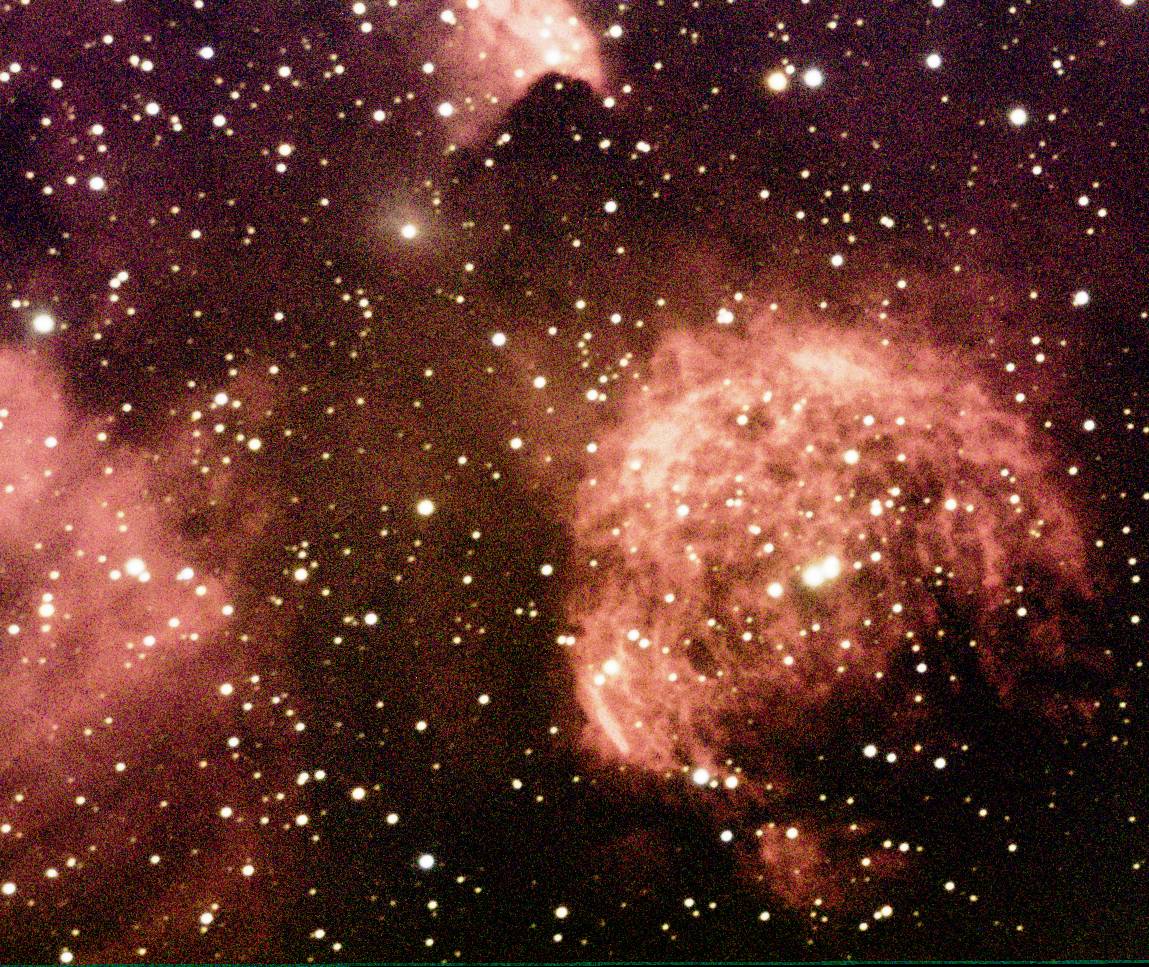
NGC 6334 Constellation Scorpius
Cats paw nebula
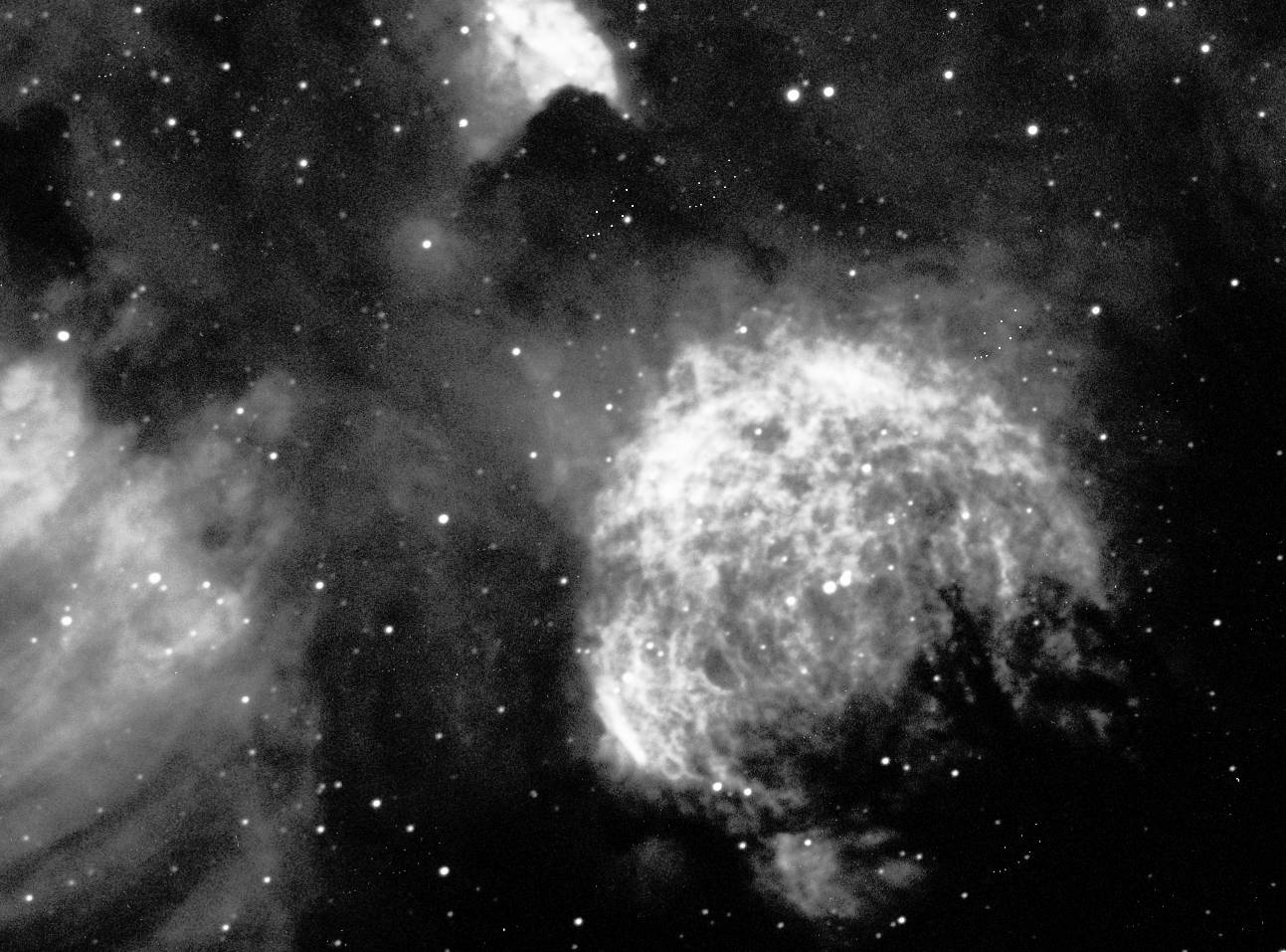
NGC 6334 Constellation Scorpius
Image details:
Date: 8 May 2014
Exposure: Halpha: 6*320 secs, @ -20C
Telescope: Celestron CGE11
Camera: Atik 314L
Filters: Astronomik Hydrogen Alpha 6nm (1.25")
Taken from my observatory in Melbourne, Australia
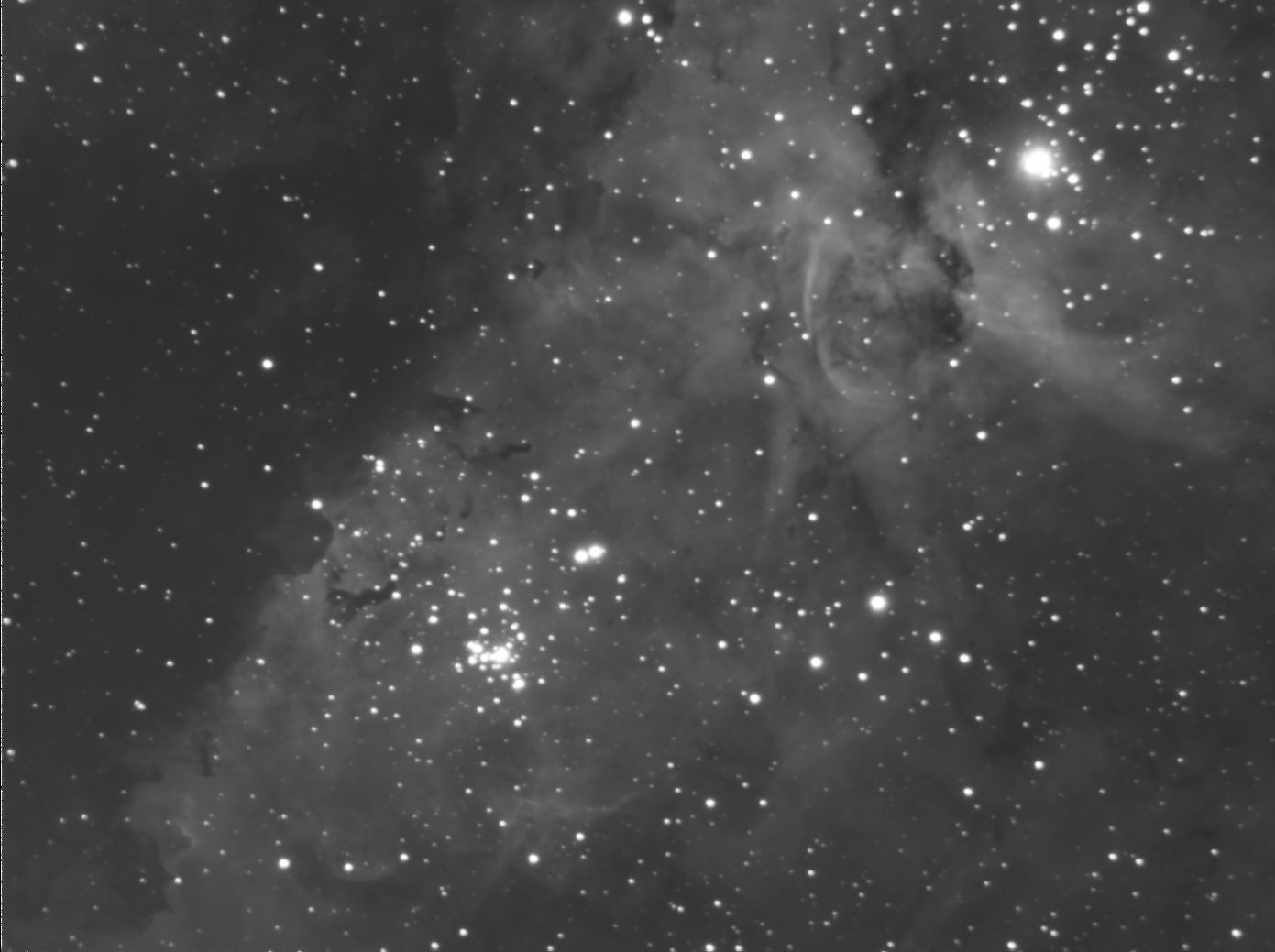
NGC 3372 Constellation Carina
Image details:
Date: 28 February 2014
Exposure: Unfiltered: 73*30 secs, @ -12C
Telescope: Celestron CGE11
Camera: Atik 314L
Taken from my observatory in Melbourne, Australia
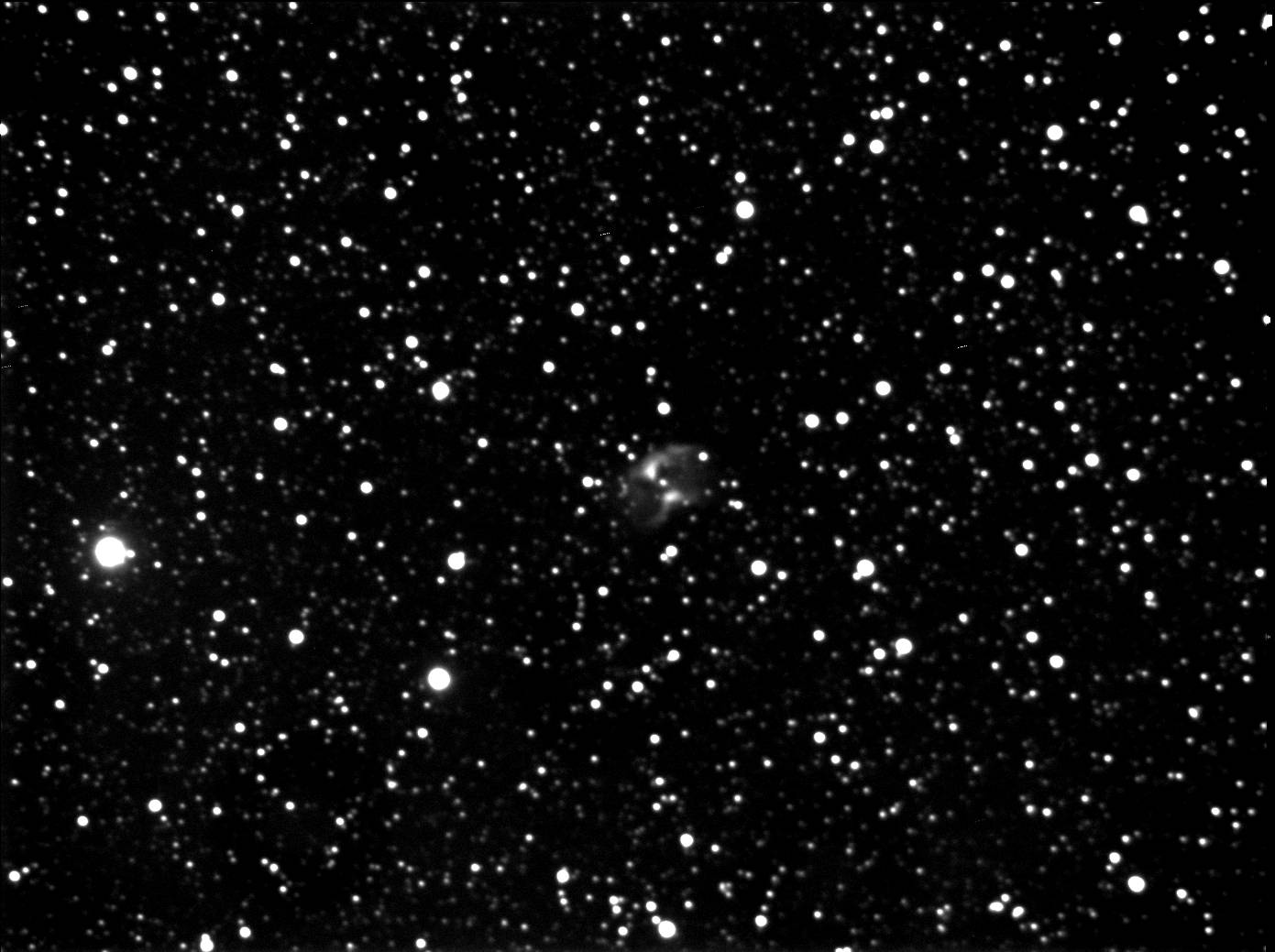
NGC 2899 Constellation Vela
This is a planetary nebula at the center of the image. Planetary nebula are an emission nebula formed from the hot ionized gas ejected from a dying red giant star. This one has a bi-lobed appearance.
Image details:
Date: 5 February 2014
Exposure: Unfiltered: 6*240 secs, @ -12C
Telescope: Celestron CGE11
Camera: Atik 314L
Taken from my observatory in Melbourne, Australia
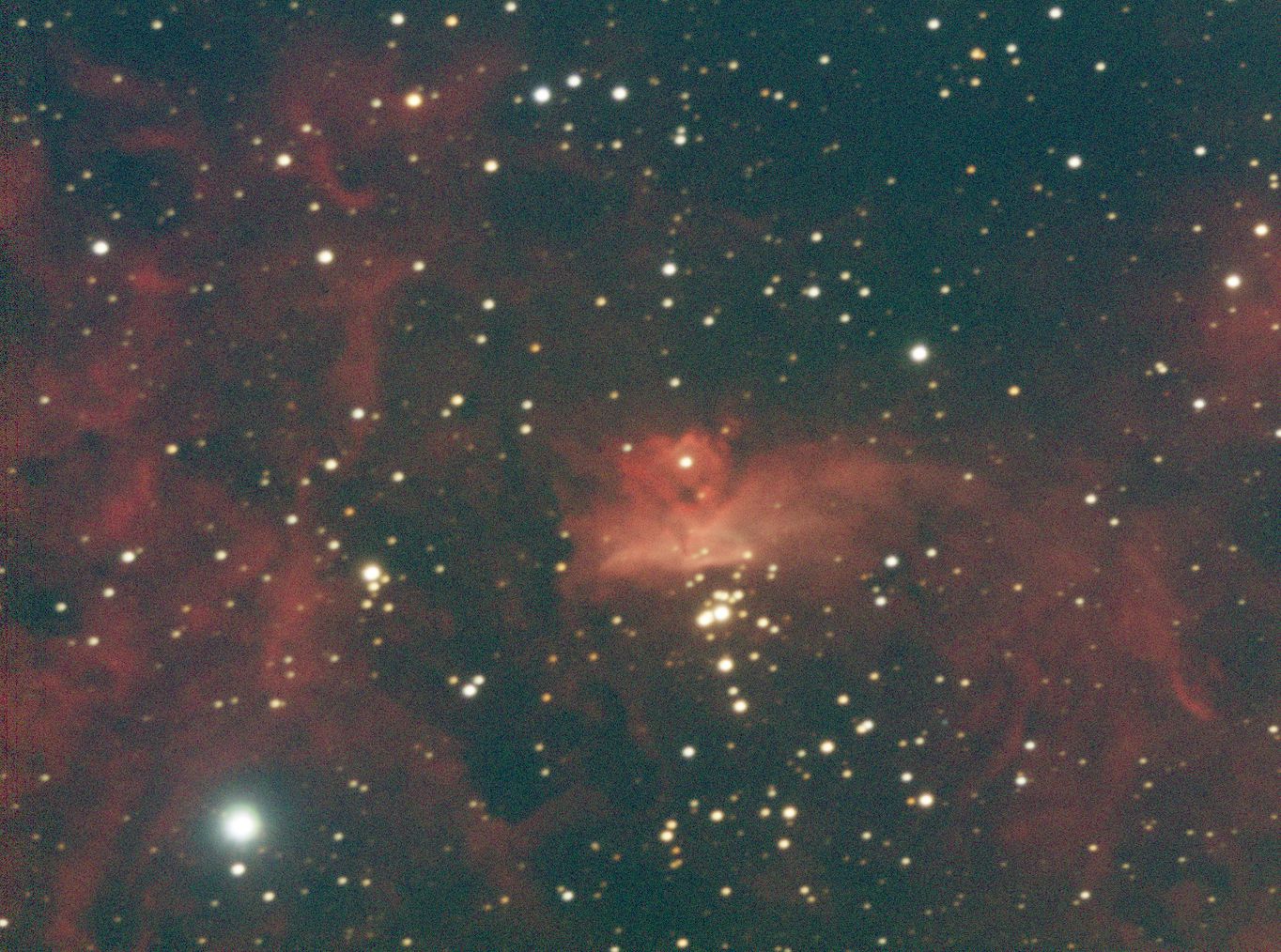
NGC 6357 Constellation Scorpius
Image details:
Date: 7 May 2014
Exposure: RGB: 6*320:320:320 secs, @ -20C
Telescope: Celestron CGE11
Camera: Atik 314L
Filters: Astronomik L-RGB set (1.25") Type 2C
Taken from my observatory in Melbourne, Australia

NGC 6357 Constellation Scorpius
Image details:
Date: 7 May 2014
Exposure: Unfiltered: 6*320 secs, @ -20C
Telescope: Celestron CGE11
Camera: Atik 314L
Filters: Astronomik Hydrogen Alpha 6nm (1.25")
Taken from my observatory in Melbourne, Australia
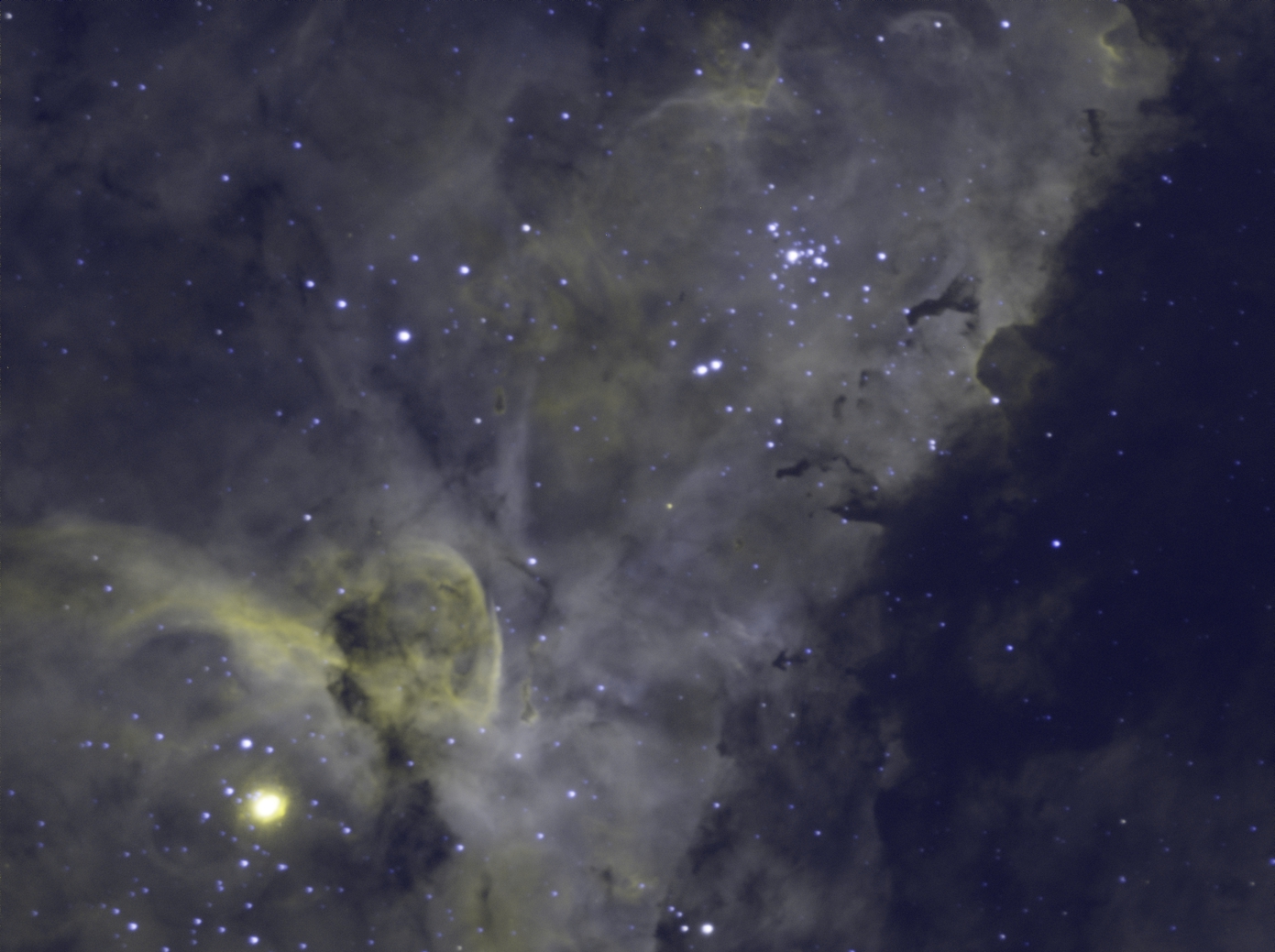
NGC 3372 Constellation Carina
This is a narrow band image using the Hubble Palette R=S2, G=Ha, B=OIII.
Image details:
Date: 11 November 2014
Exposure: Halpha; OIII; S2: 10*60; 10*60; 9*60 secs, @ -20C
Telescope: Celestron CGE11
Camera: Atik 314L
Filters: Astronomik Hydrogen Alpha 6nm (1.25"); Oxygen; Sulphur
Taken from my observatory in Melbourne, Australia
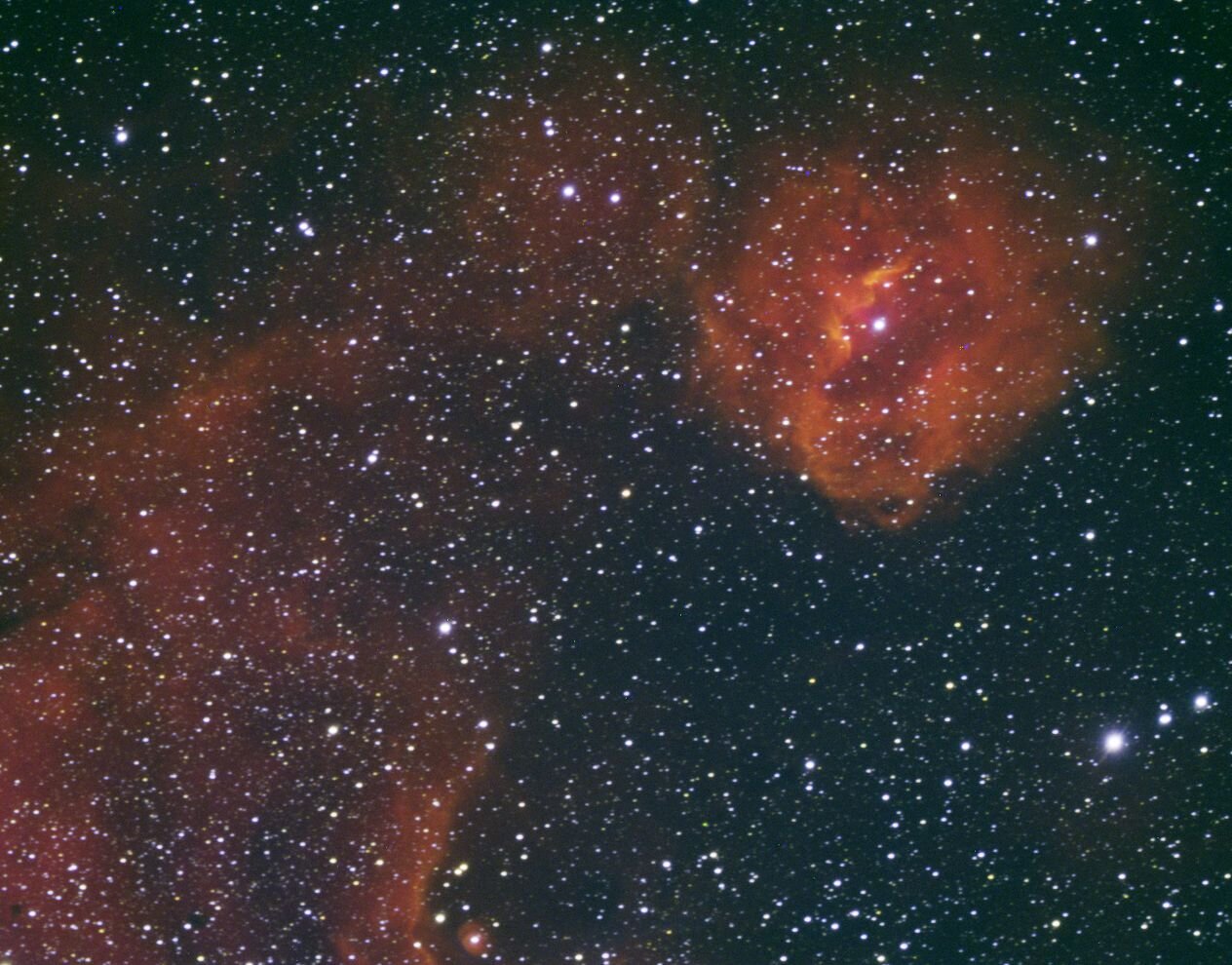
Gum 41 Constellation Centaurus
The bright star in the centre of the main nebula, top right in the image, is in fact two stars in a tight orbit, very large type O stars. They blast the gas with UV.
The European Southern Observatory’s ESO 2.2-meter telescope in Chile took a popular image of it, and this webpage gives a good explanation, by Phil Plait:
https://slate.com/technology/2014/04/gum-41-a-red-sphere-of-star-forming-gas.html
Below are abbreviated notes from that page:
“The shape is called a Strömgren sphere, named after the astronomer who worked out its physics. The overall shape is roughly spherical, because the edge is defined where the light from the central stars weakens enough that it can no longer excite the gas. There is gas outside that region, but it’s not lit up so we can’t see it.
Not only that, but both stars blow out a fierce wind of subatomic particles, like the solar wind but much more powerful. This carves a cavity in the center of the gas, an expanding bubble snowplowing the material outside it. If you look more closely at the center region you see bright ridges where the wind slams into the surrounding gas, compressing it and making it glow even more brightly.”
I love the back of the envelope style calculation, which is available on: https://en.wikipedia.org/wiki/Str%C3%B6mgren_sphere
This is a narrow band image using the Hubble Palette R=S2, G=Ha, B=OIII.
Image details:
Date: 23 February 2019
Exposure: Halpha; OIII; S2: 10*120; 10*120; 9*120 secs, @ -20CTelescope:
Celestron RASA11
Camera: Atik 314L
Filters: BaderHydrogen Alpha 6nm (1.25"); Oxygen; Sulphur
Taken from my observatory in Melbourne, Australia
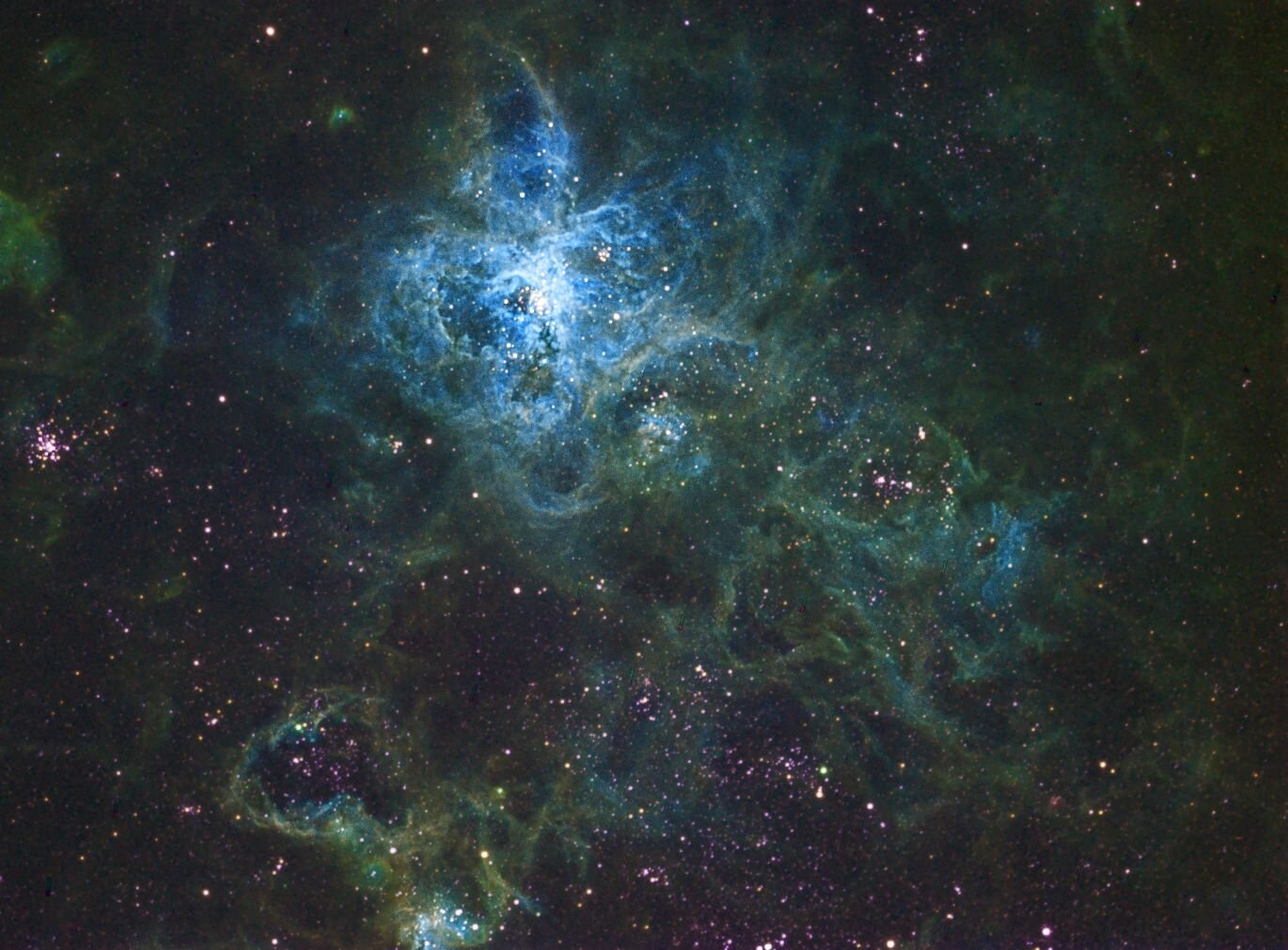
NGC 2070 Tarantula Nebula Constellation Doradus
This is a narrow band image using the Hubble Palette R=S2, G=Ha, B=OIII.
Image details:Date: 23 February 2019 Exposure: Halpha; OIII; S2: 10*120; 10*120; 9*120 secs, @ -20CTelescope: Celestron RASA11Camera: Atik 314LFilters: BaderHydrogen Alpha 6nm (1.25"); Oxygen; SulphurTaken from my observatory in Melbourne, Australia
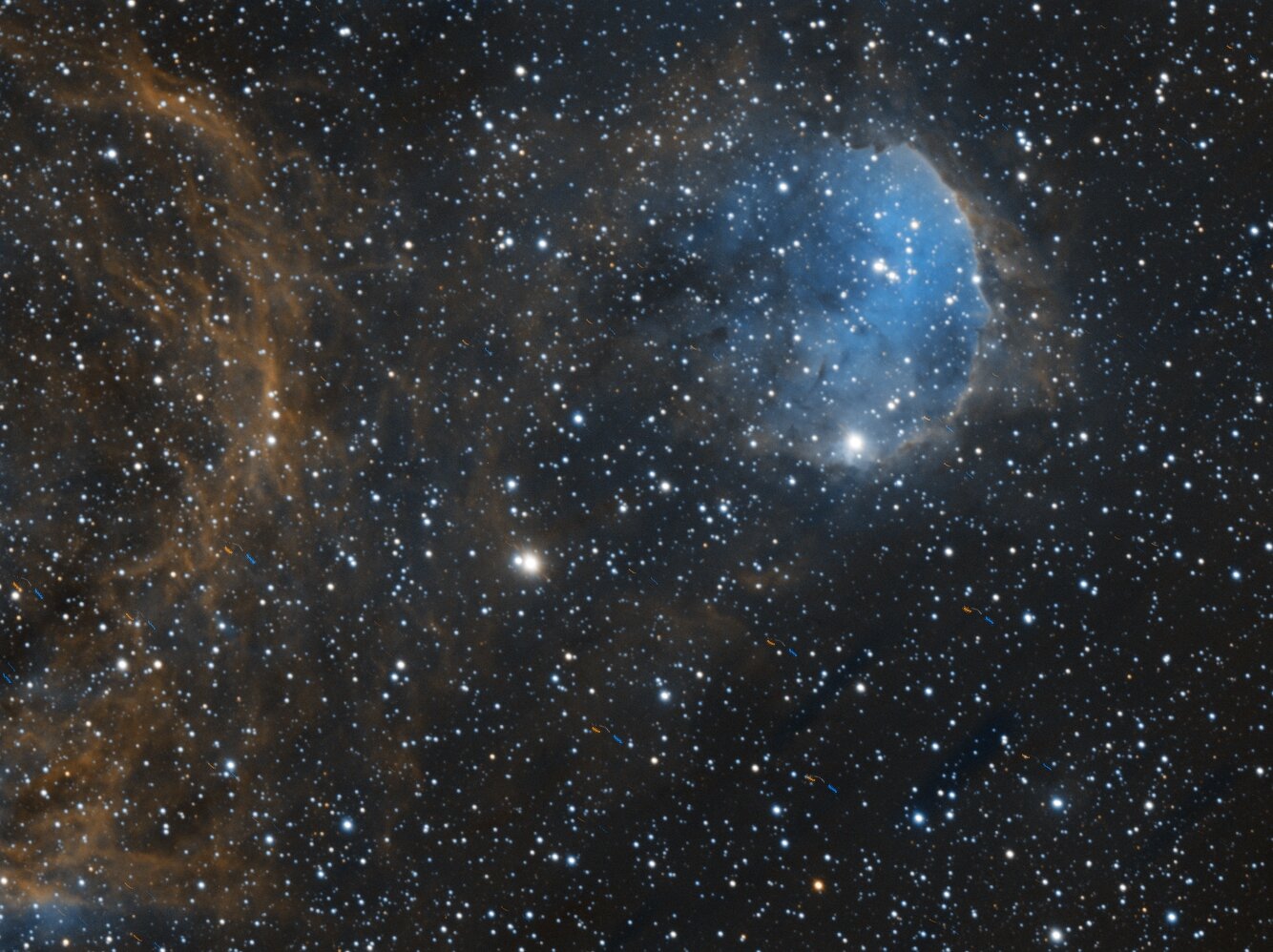
NGC 3324 Constellation Carina
The wide field of view is an interesting comparison to the smaller colour image. I like both field of views: I find they highlight different perspectives and reactions to the object. It’s partly an artistic element to astrophotography, and wider fields are not necessarily always better. The narrow band is another different comparison, so it will be good to have both instruments take colour and narrowband.
This is a narrow band image using the Hubble Palette R=S2, G=Ha, B=OIII.
Image Details:Date: 29 January 2019 Exposure: Halpha; OIII; S2: 10*120; 10*120; 9*120 secs, @ -20CTelescope: Celestron RASA11Camera: Atik 314LFilters: BaderHydrogen Alpha 6nm (1.25"); Oxygen; SulphurTaken from my observatory in Melbourne, Australia

NGC346 and NGC371 Tucana
I used the new Chroma filters and ZWO camera. I have a previous image using the Atik 314L camera with Baader filters that does not show so much blue, which I suspect is due to the filters.
The glowing gas is a spectacular example of strong oxygen content. The region is in the small Magellanic cloud, and is a star forming region, with hot type OB stars. It was discovered in August 1, 1826 by Scottish astronomer James Dunlop. The first image I took was oddly the same date.
Taken from my observatory in Melbourne, Australia
Image details:
Date: 1st October 2022
Exposure: Ha SII OIII: 27*120s : 20*120s : 35*120s, @ -19C
Telescope: Celestron RASA 11” F2.2
Camera: ZWO533
Filters: Chroma Ha OIII SII set (2") 5nm
Center (RA, hms): 01h 01m 32.745s
Center (Dec, dms): -72° 04' 13.781"
Up is 20.9 degrees E of N
Size: 1.05 x 1.05 deg
Radius: 0.744 deg
Pixel scale: 1.26 arcsec/pixel

Lunar Eclipse 15th April 2014
Taken from an industrial area near where I work, Broadmeadows, with a clear view of the horizon.
Canon 6D Digital SLR with a 100-300 mm zoom lens.
300mm 1/15 sec at f / 6.3 ISO 12800

Lunar Eclipse 15th April 2014
Partly through the totality.
Same settings as before.
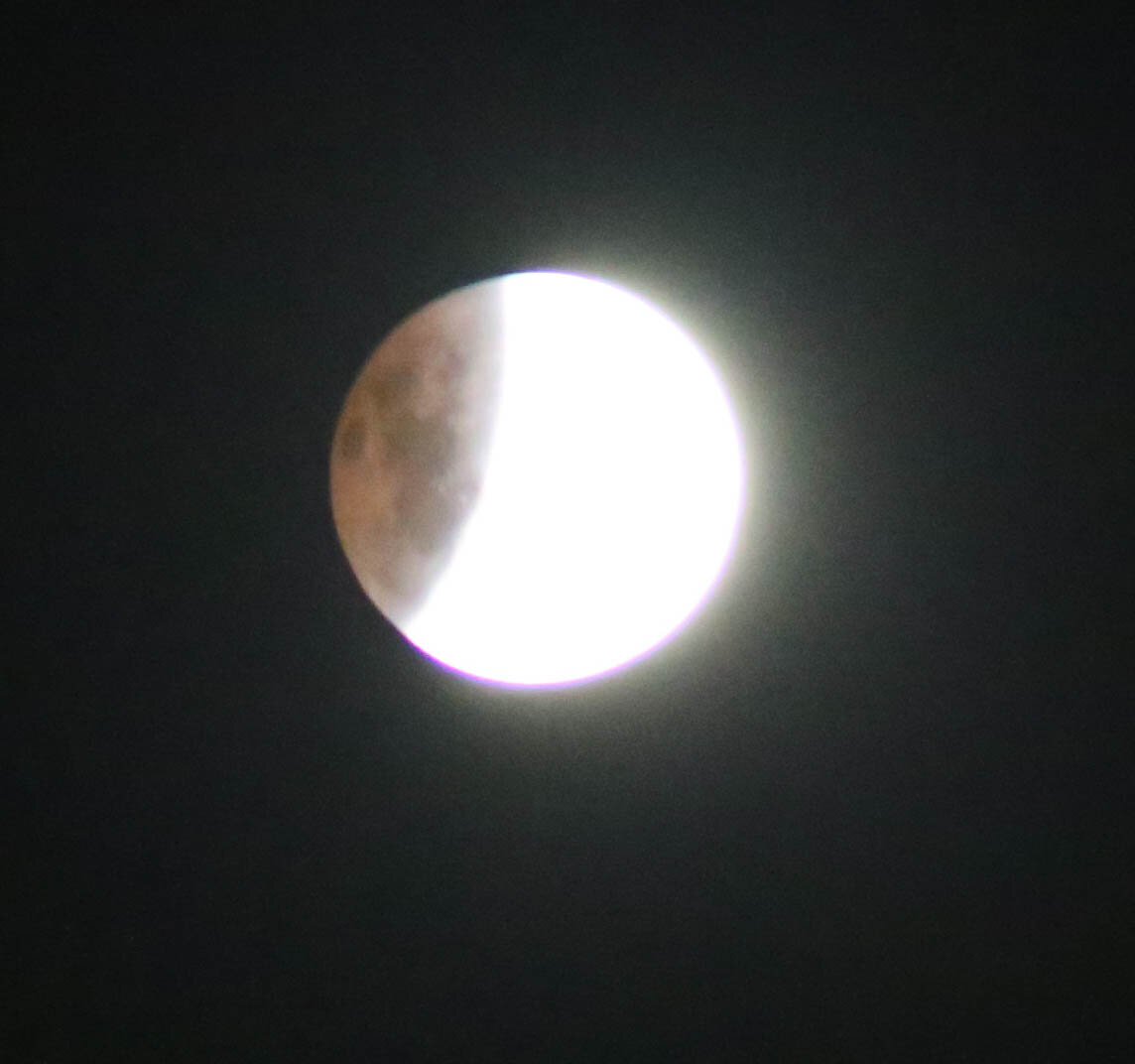
Lunar Eclipse 15th April 2014
Same setup as before. I think it looks like an eyeball.
Canon 6D Digital SLR with a 100-300 mm zoom lens.
300mm 1/30 sec at f / 6.3 ISO 12800
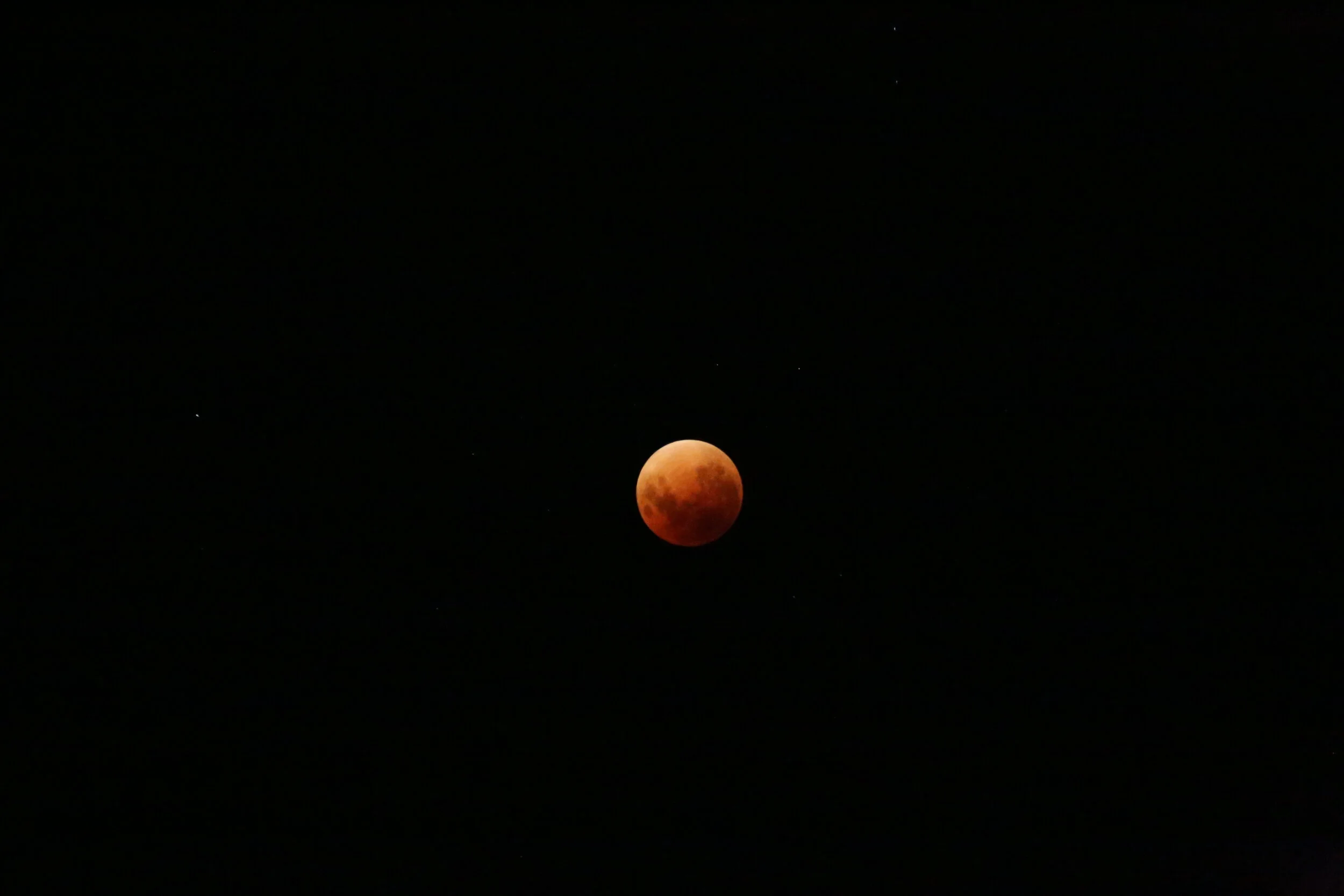
Lunar Eclipse 1st February 2018
Taken from the back garden during building works, after a long day at work - not ideal to carefully prepare. I used a Canon 6D with an old 100-300 zoom lens on a tripod. I used the app and WiFi to take the shots, experimenting with exposure.
It was more impressive to view using modest binoculars because the stars came out and were nicely visible, making it a pretty sight. They are visible in the photographs but not as many or as clear.
300mm 1/25 sec at f / 6.3 ISO 25600
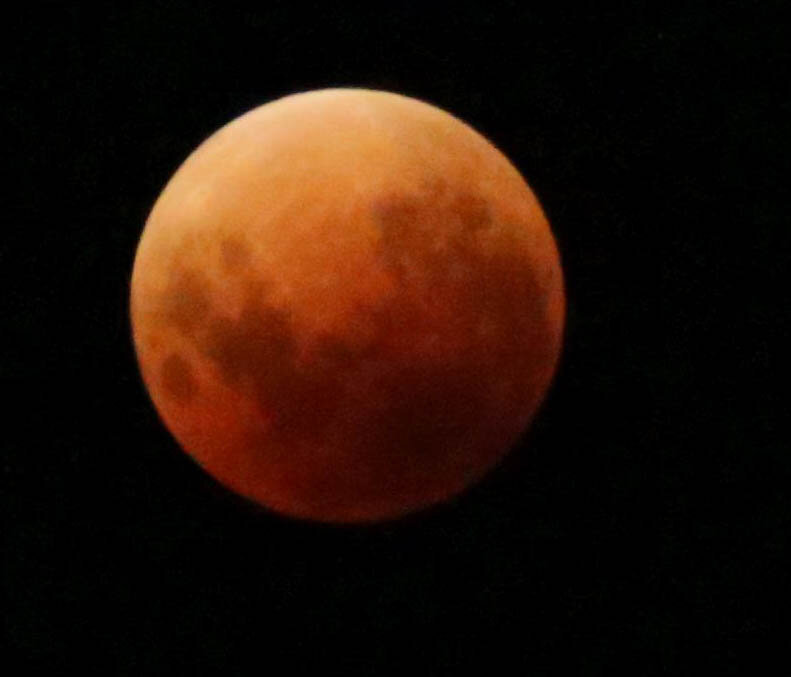
Lunar Eclipse 2018
Same image as before, cropped.

Occultation of Jupiter
A chance observation when returning home.
Taken with a 10" Newtonian reflector on a Dobsonian mount.
Eyepiece projection onto a Canon digital camera.
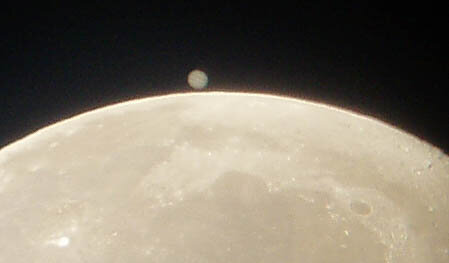
Occultation of Jupiter
A crop of previous image. The two major cloud bands are visible.
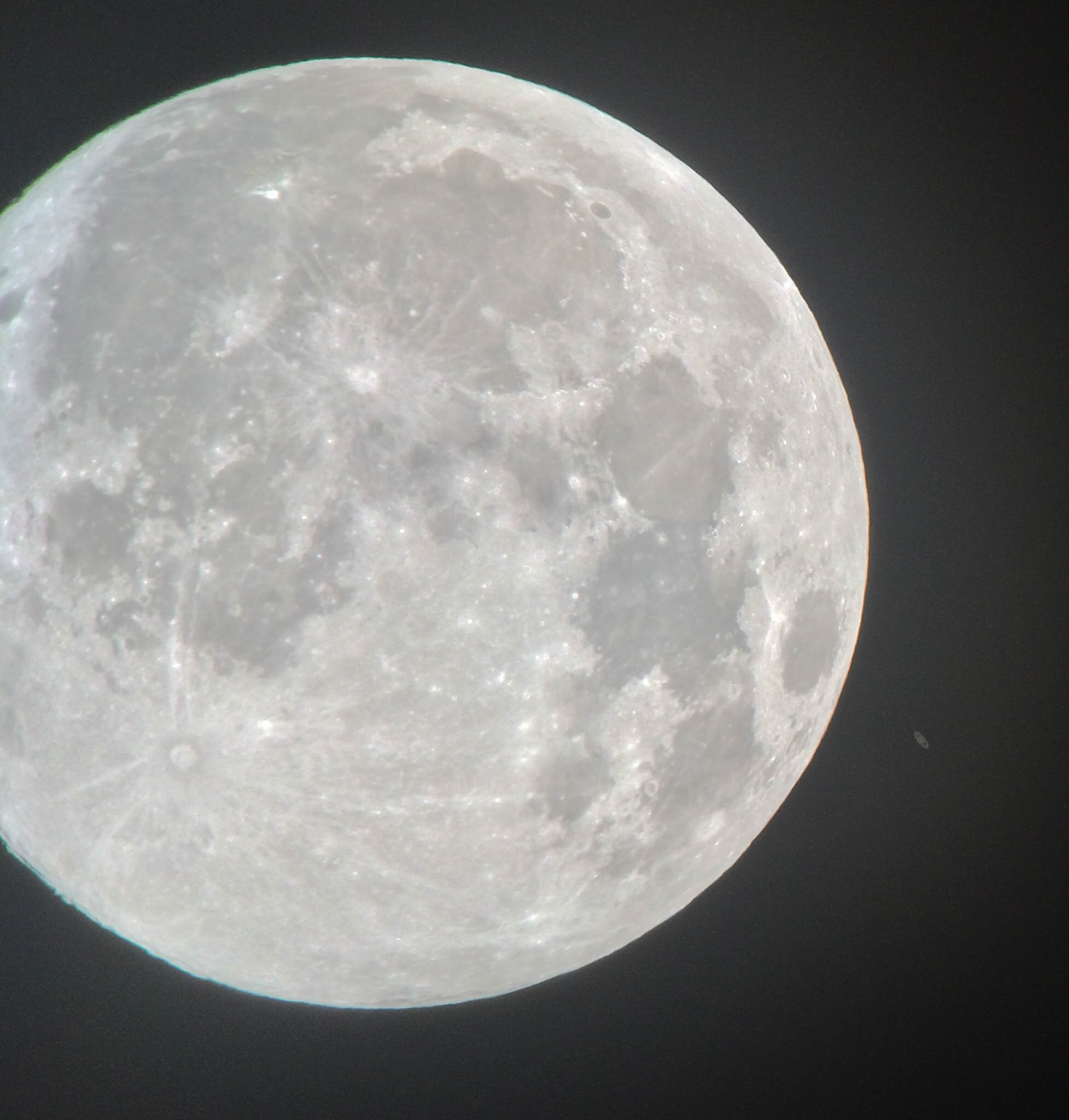
Occultation of Saturn
The event took place on the 14th May 2014. I thought it was best to see it visually, with a movie appearance, and the ability to use the best moments of steady ‘seeing’. The re-appearance was amusing with a little hoop of the ring being squeezed from the surface, as if the moon was spawning a growth. It happens quite quickly, changing in a few seconds. The view of Saturn close to the surface was an awesome difference in scale.
I used my old 10” Newtonian telescope. I used a simple eyepiece projection onto my iPhone, hand held. Not a bad result for such a simple approach.
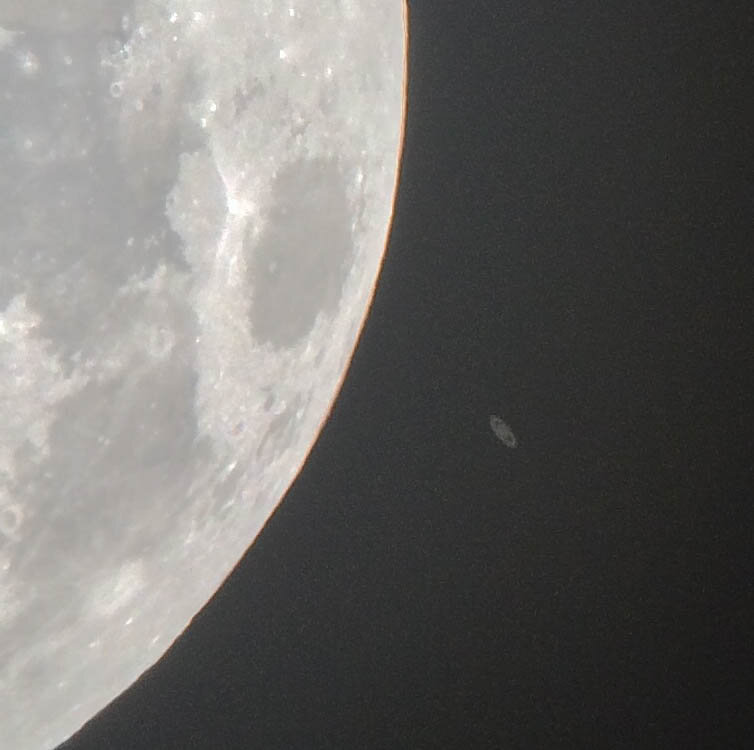
Occultation of Saturn
As per previous description. Alex Cherney, a member of the Astronomical Society of Victoria, made a nice movie that can be seen here:
https://vimeo.com/95528617
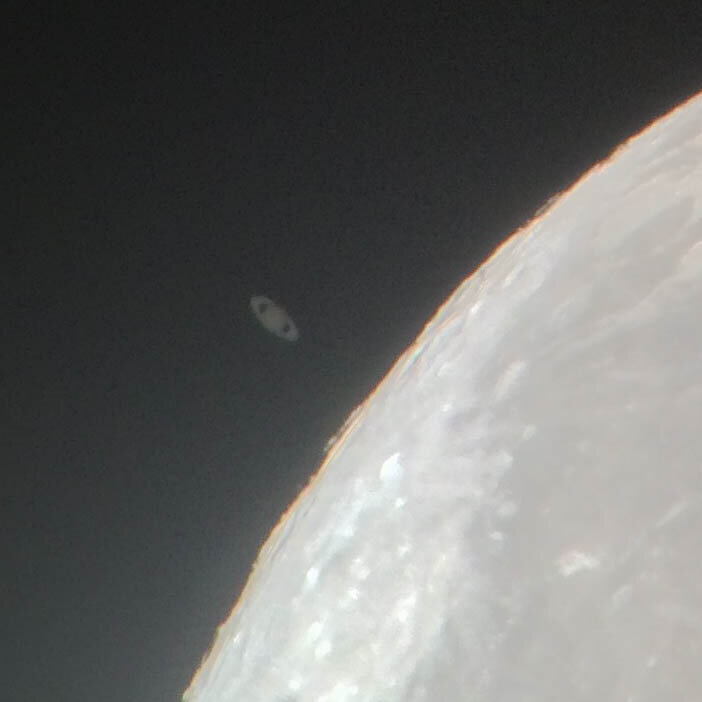
Occultation of Saturn
As per previous description. In this view the moon is about to cover Saturn, the start of the occultation.
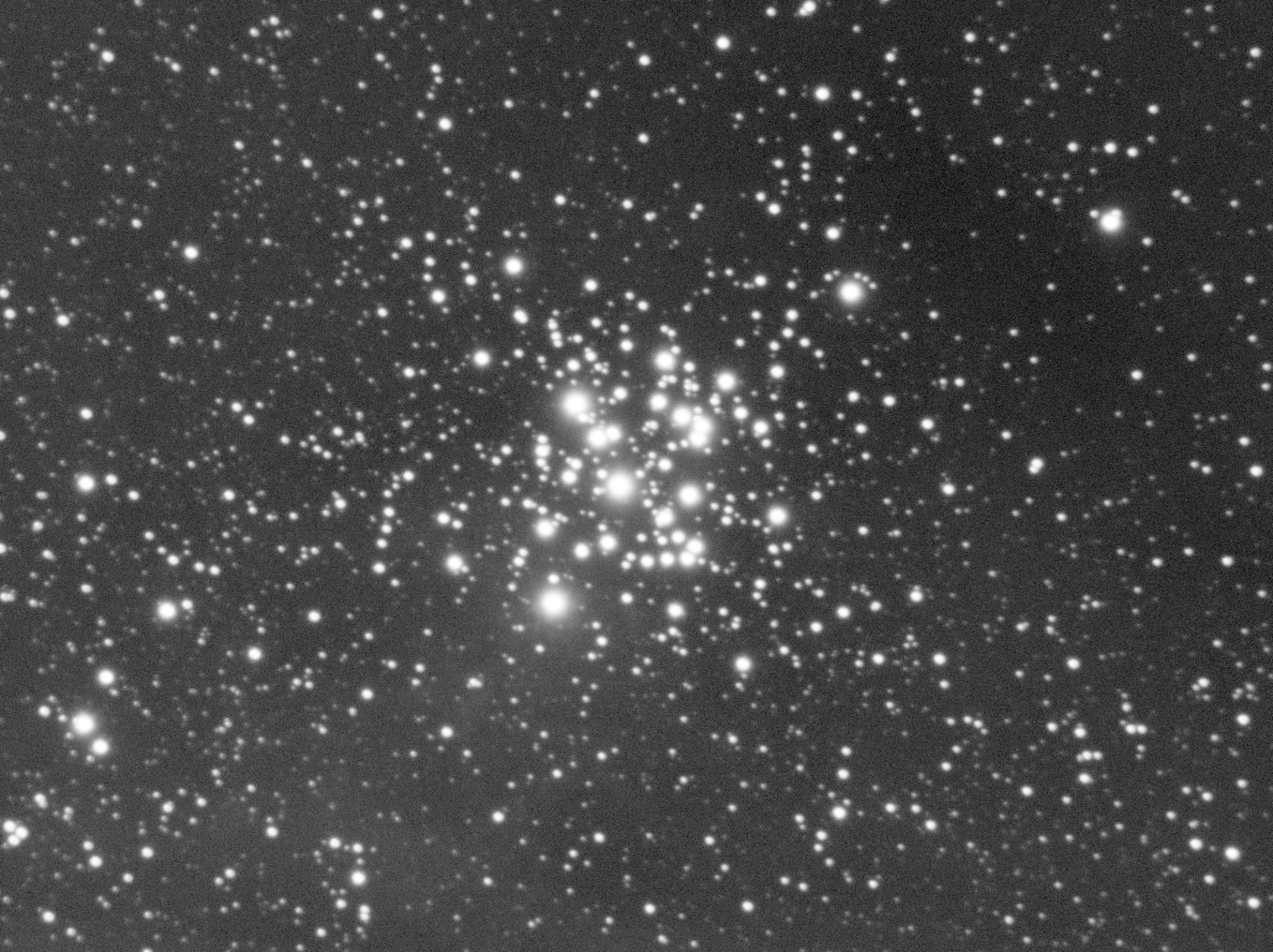
NGC 3293 Constellation Carina
Image details:
Date: 9 February 2014
Exposure: Unfiltered: 10*20 secs, @ -12C
Telescope: Celestron CGE11
Camera: Atik 314L
Taken from my observatory in Melbourne, Australia
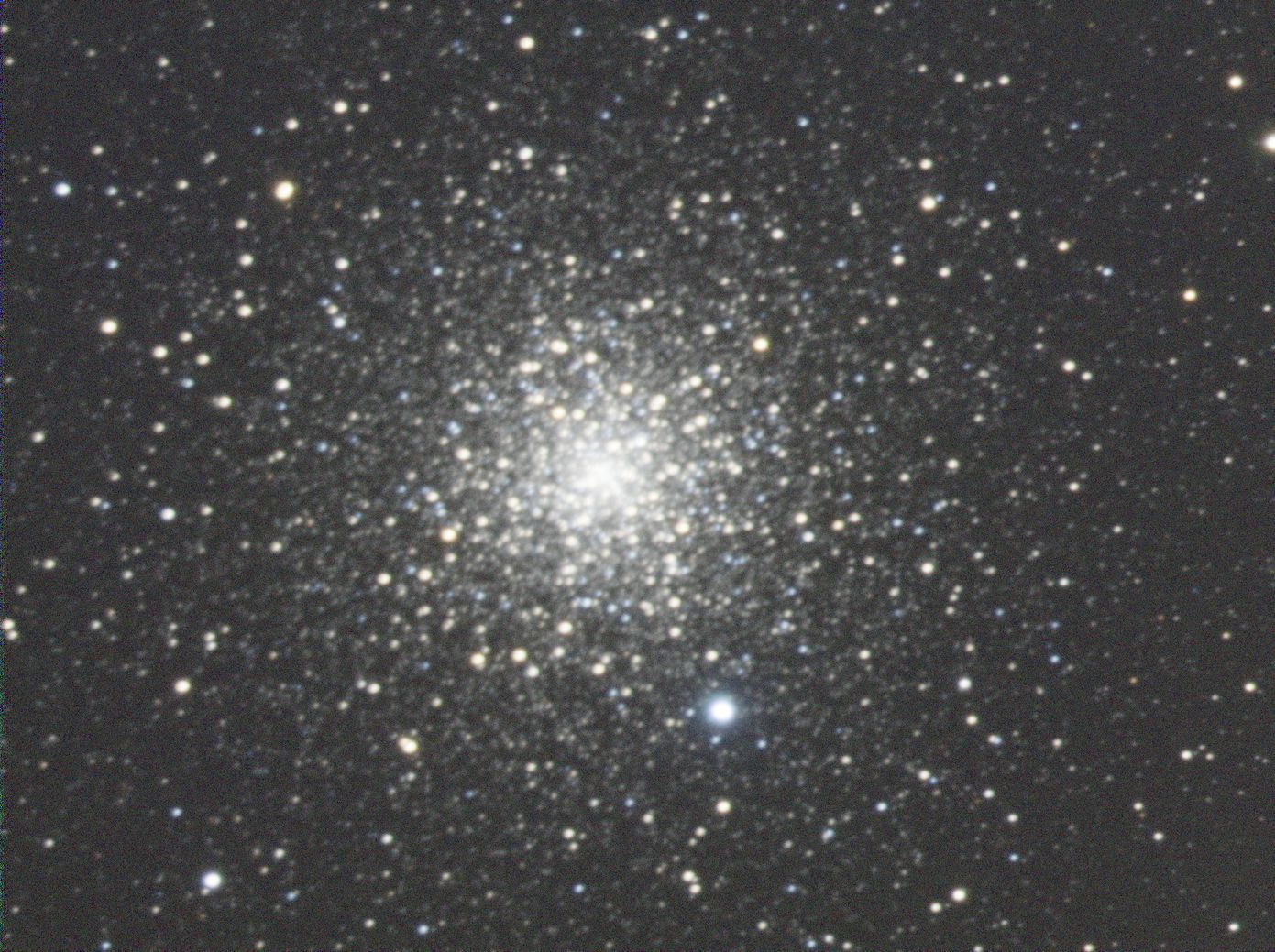
NGC 6752 Constellation Pavo
Image details:
Date: 7 May 2014
Exposure: LRGB: 9*40:40:40 secs, @ -23C
Telescope: Celestron CGE11
Camera: Atik 314L
Filters: Astronomik L-RGB set (1.25") Type 2C
Taken from my observatory in Melbourne, Australia
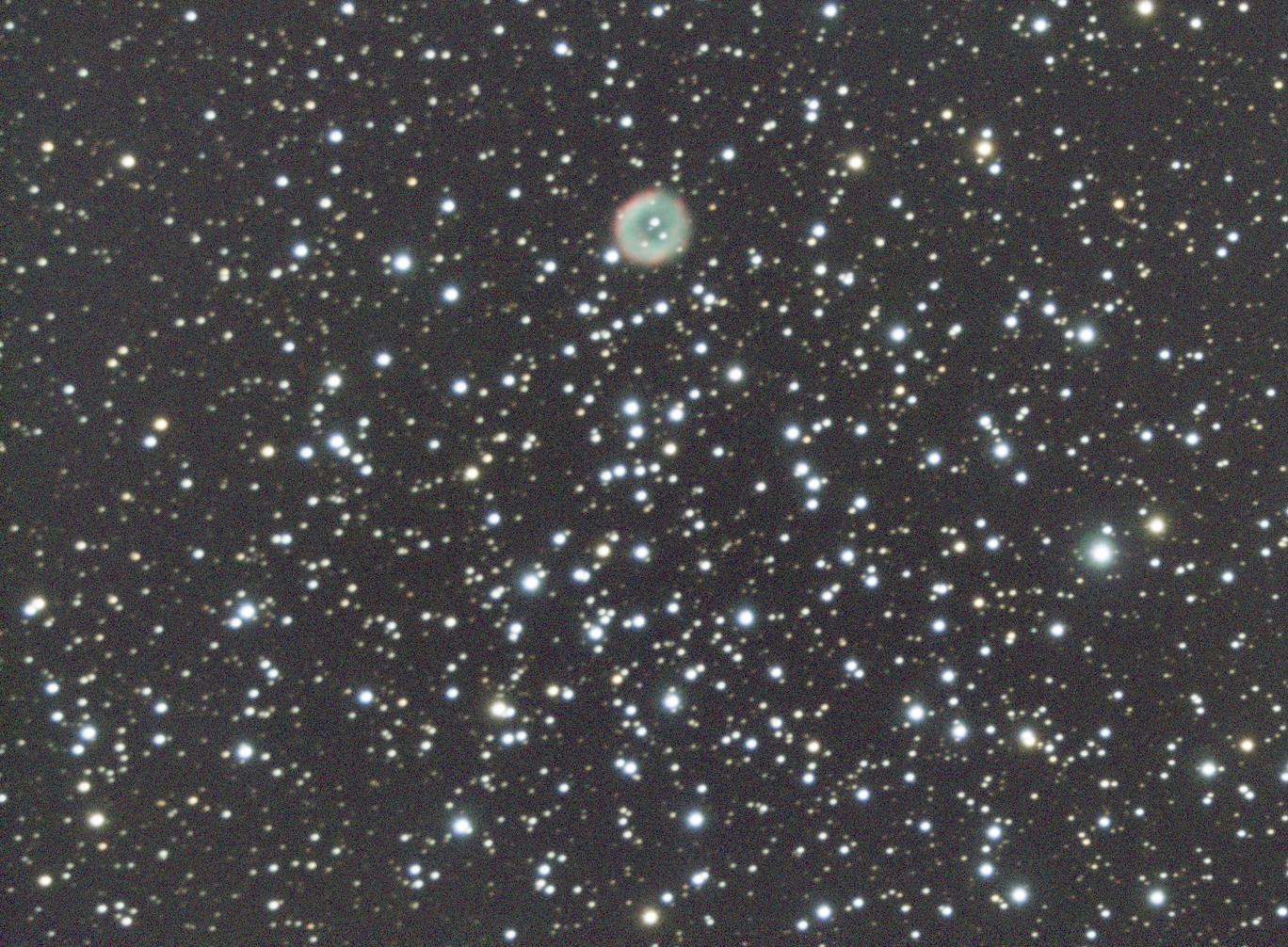
M46 Constellation Puppis
It’s a nice background to the planetary nebula NGC 2438. It does not share the same radial velocity and is a line of sight object, 2,500 light years closer. There is a nice Deep Sky Video on this object.
Image details:
Taken from my observatory in Melbourne, Australia
Date: 27 December 2014
Exposure: LRGB 22*60 secs, @ -15C
Telescope: Celestron CGE11
Camera: Atik 314L
Center (RA, hms): 07h 41m 51.391s
Center (Dec, dms): -14° 47' 53.861"
Up is 179 degrees E of N
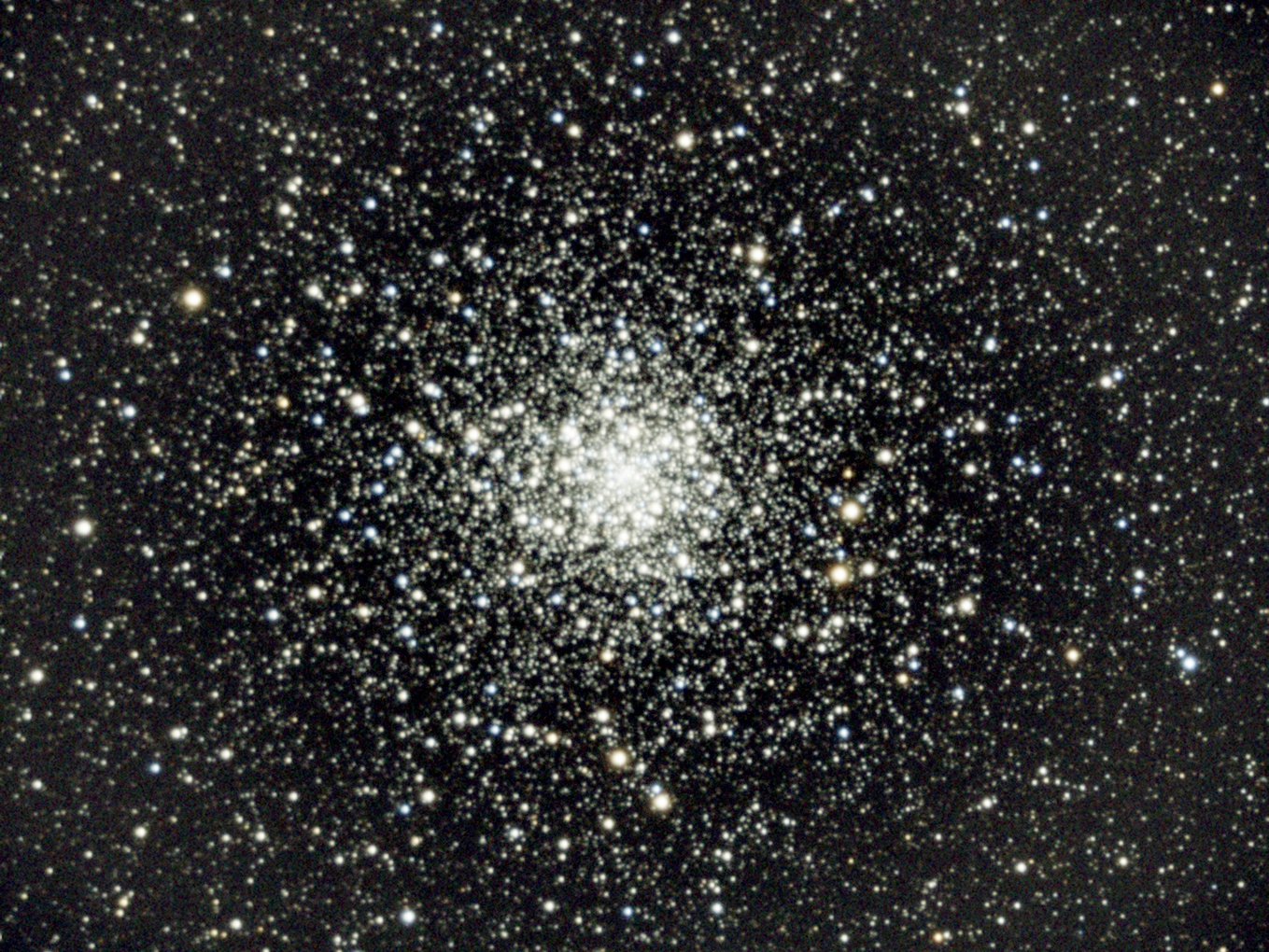
NGC 6397 Constellation Ara
This globular cluster is close to us at 7,200 light years. It's main fame is that is was used in 2004 to estimate the age of our galaxy at 13.6 billion years, which is nearly the age of the Universe. The method looks for the chemical constituent of the stars, and old ones are low in 'metals', so nearly just Helium and Iron. It was originally discovered in 1755 by Louis de Lacaille. I think the brightness and colours of the stars make it an exceptional globular cluster to image, and the core stars are all resolved.
Image details:
Date: 17 May 2015
Exposure: RGB: 40*15:15:15 secs, @ -16C
Telescope: Celestron CGE11
Camera: Atik 314L
Filters: Astronomik L-RGB set (1.25") Type 2C
Taken from my observatory in Melbourne, Australia
Galaxies
Click the image to take you to a full screen view.
Click the white information 'i' circle for a description; click again to return to the image. There is also a description of the imaging; further details of the telescope system is in the page 'About'.
The 'X' in the top right hand side takes you to a slide show.
The grid in the lower right of the screen takes you back to this Gallery, as does Home.














Nebula













Solar System










Star Clusters



